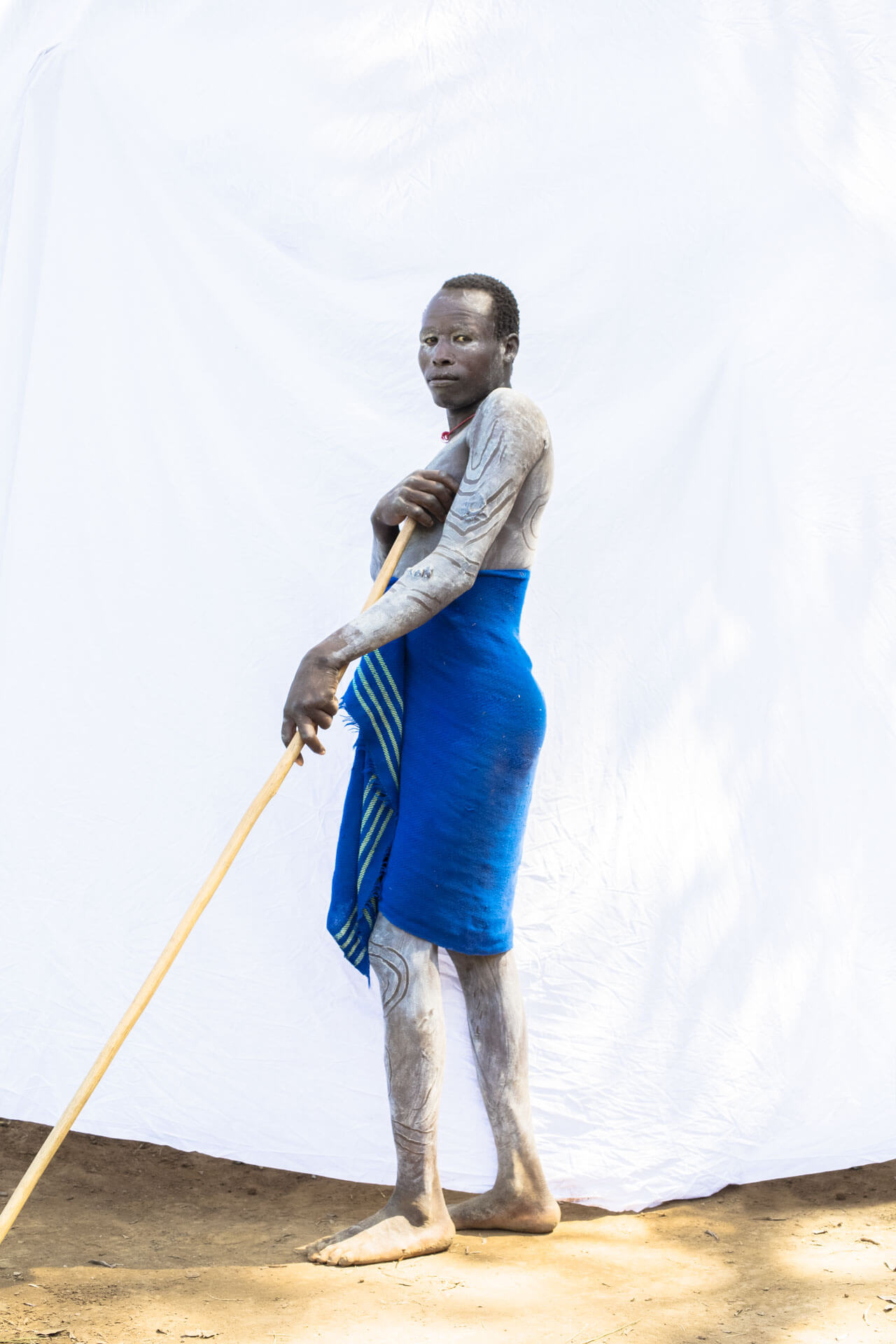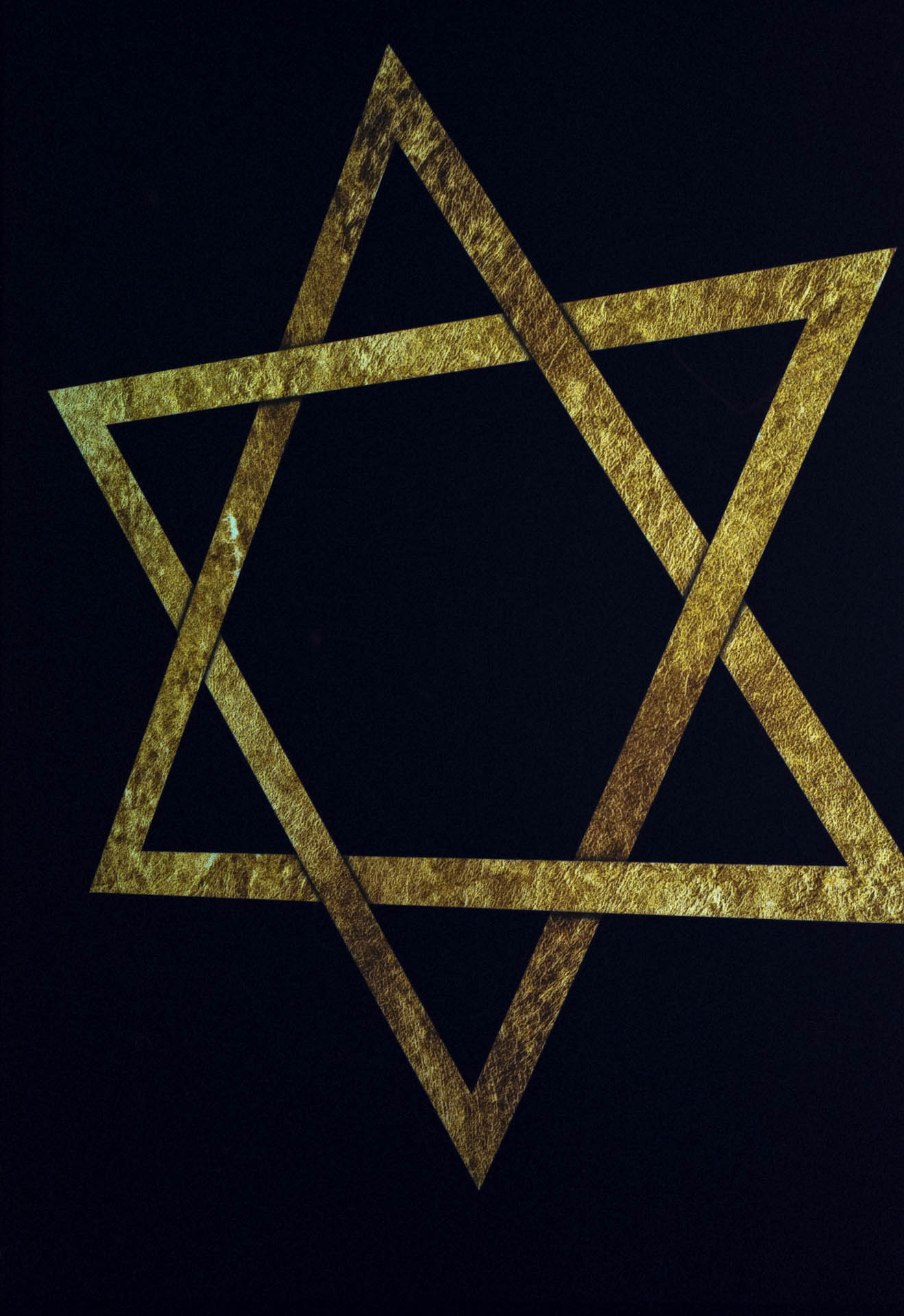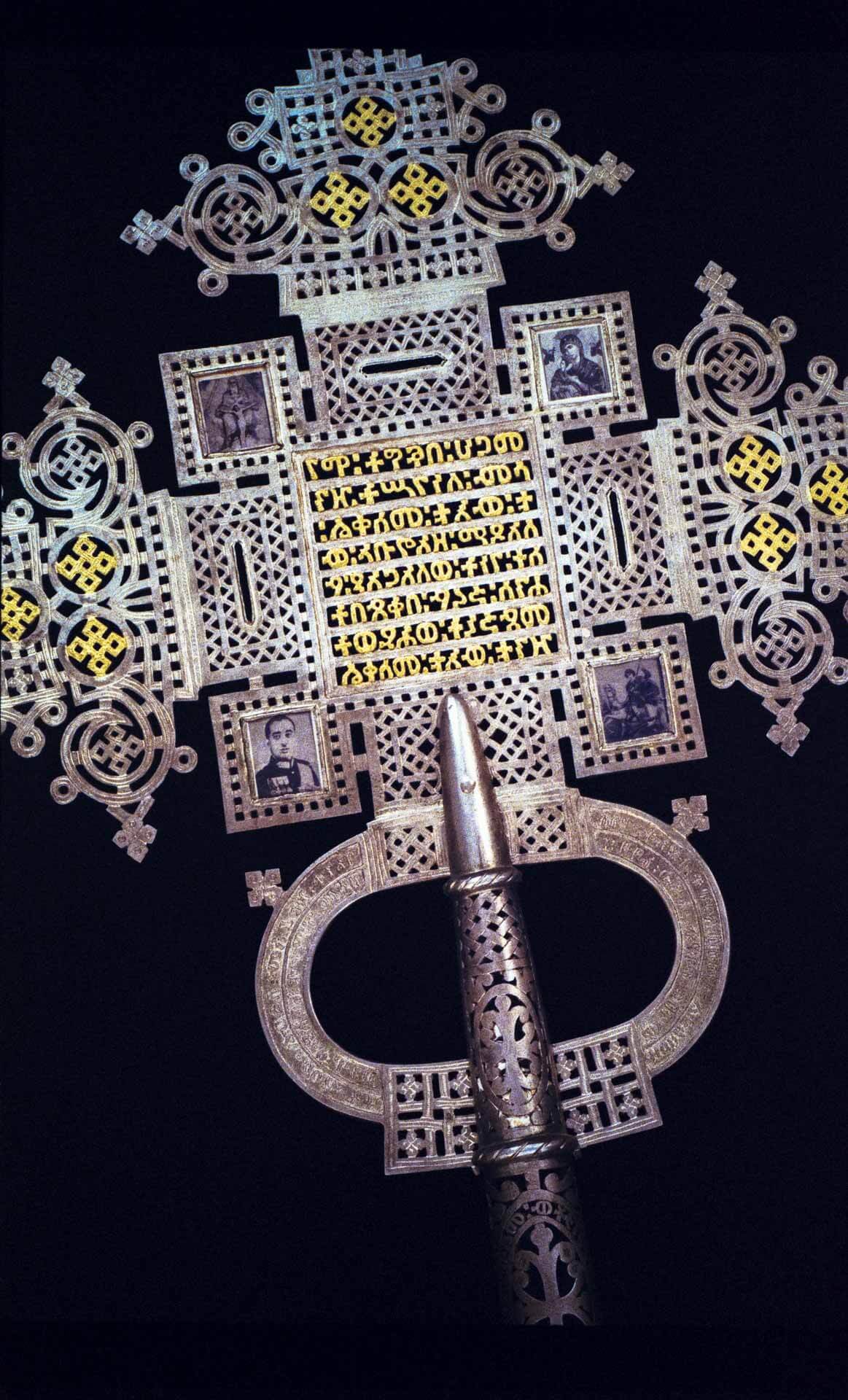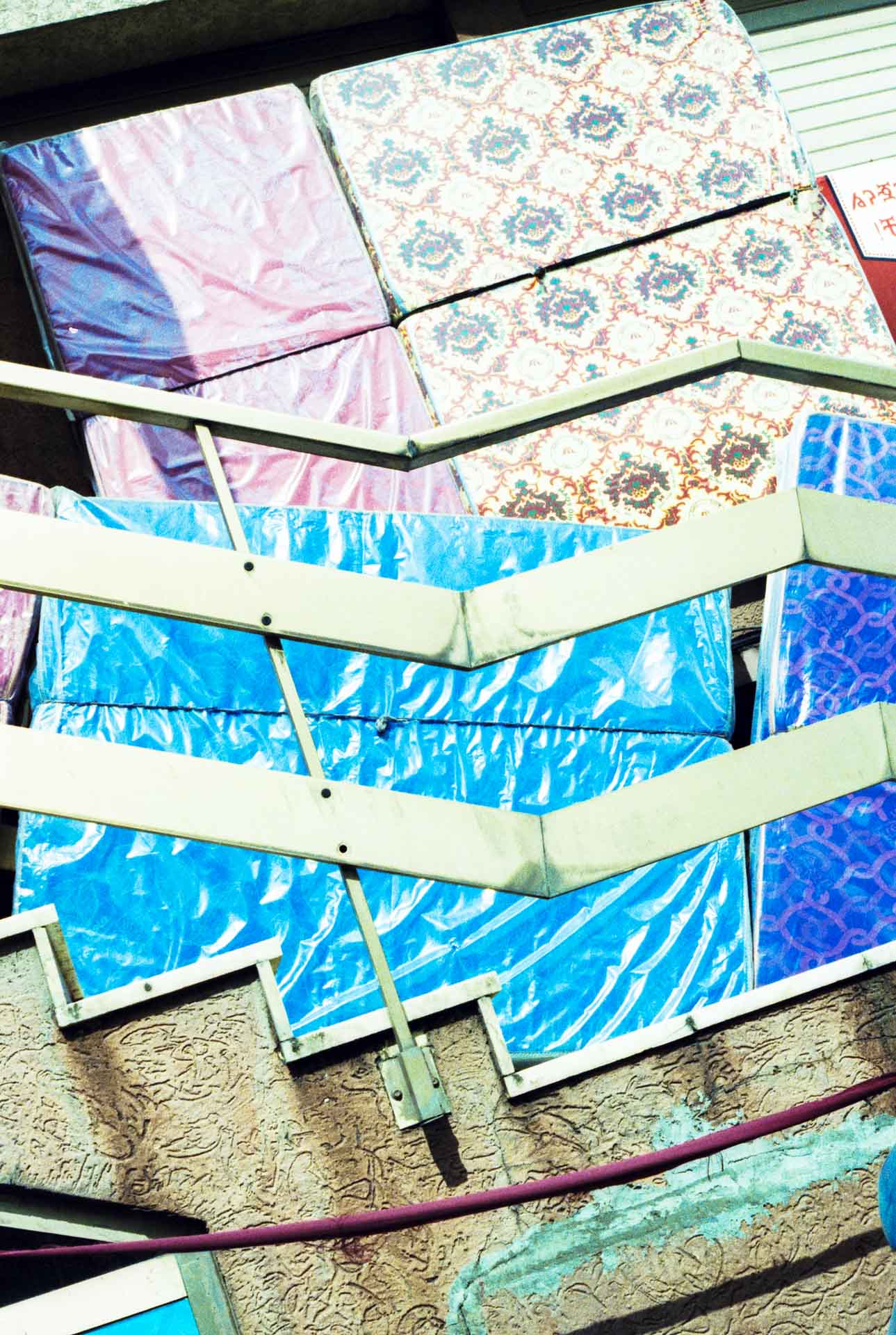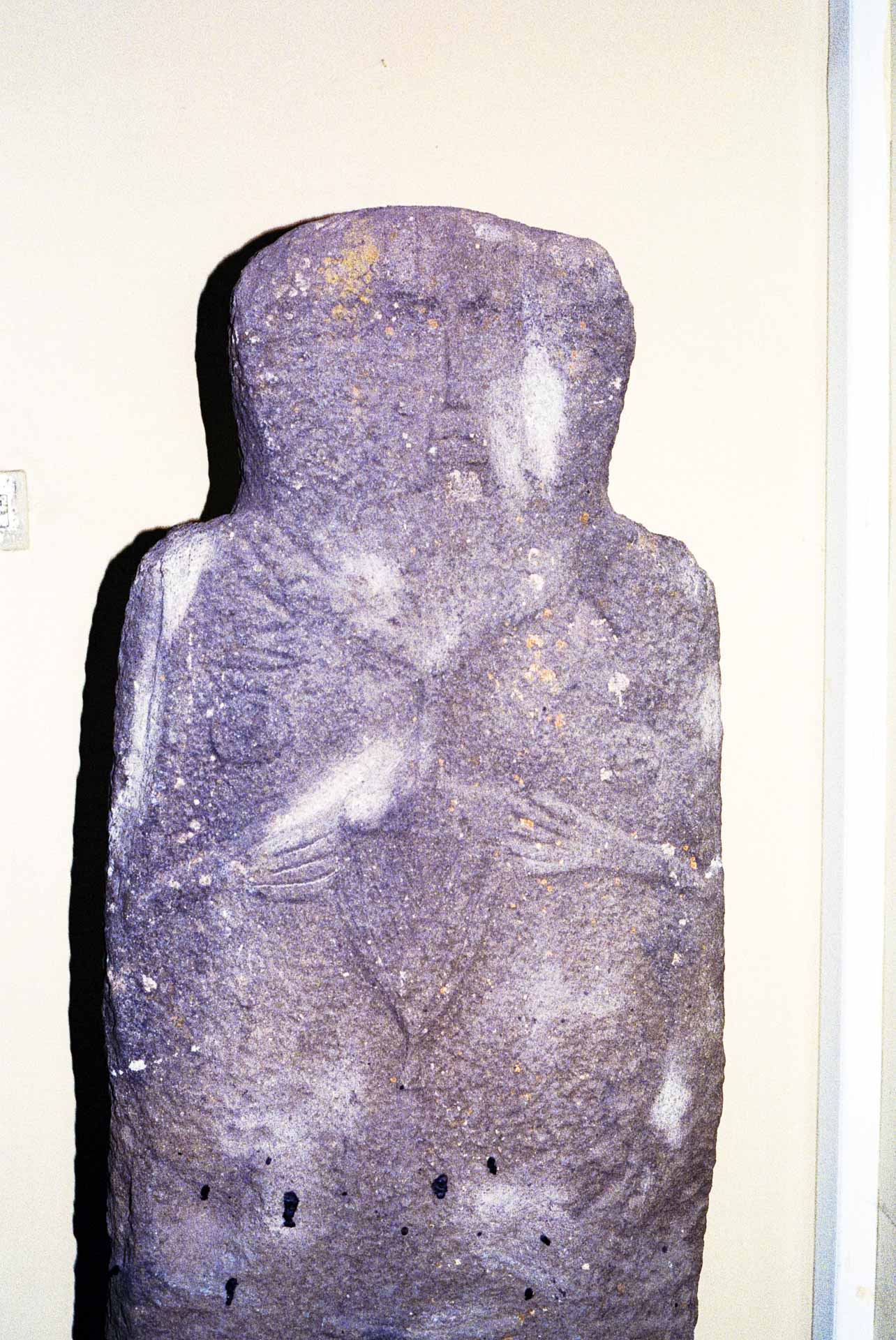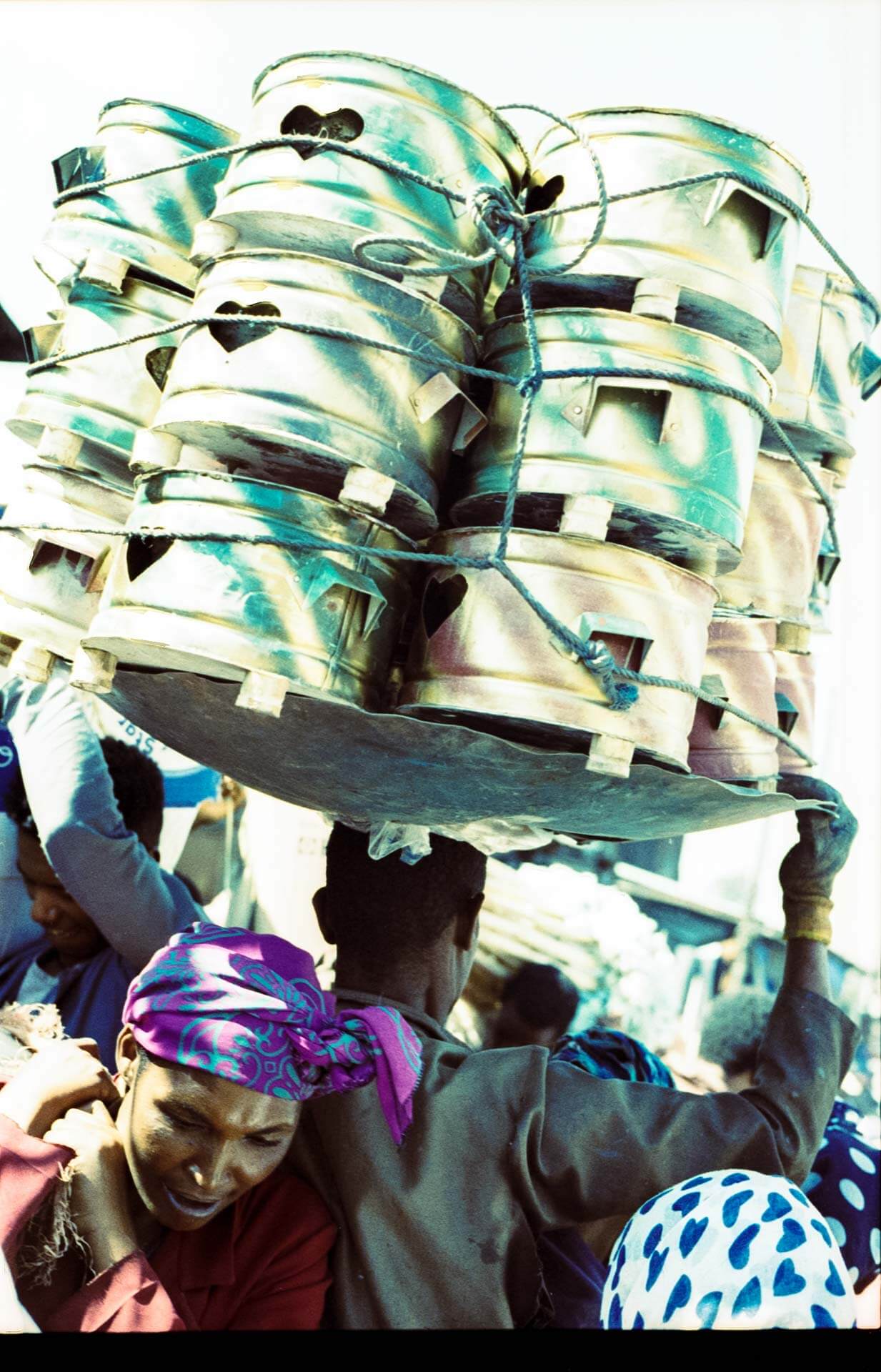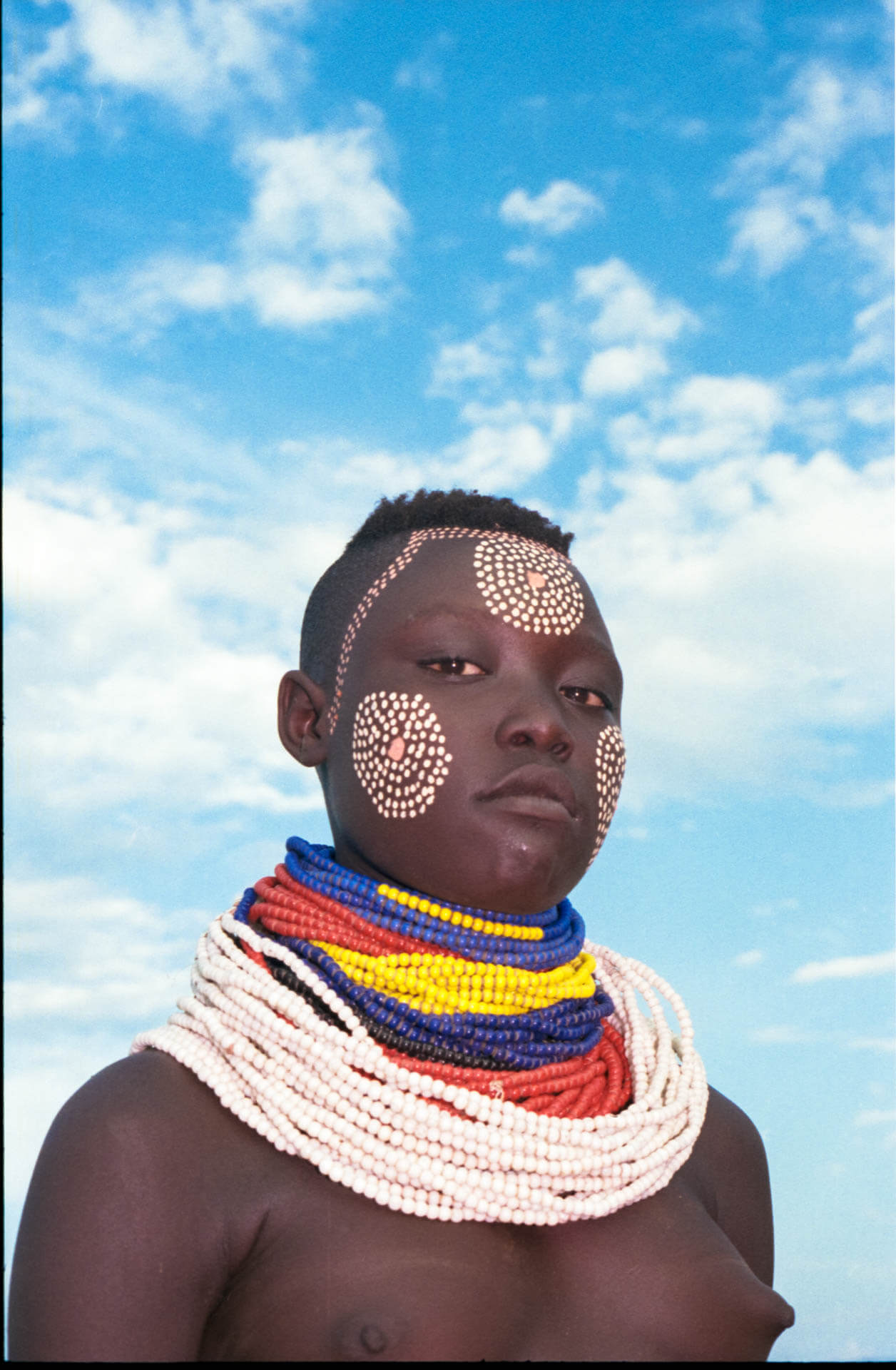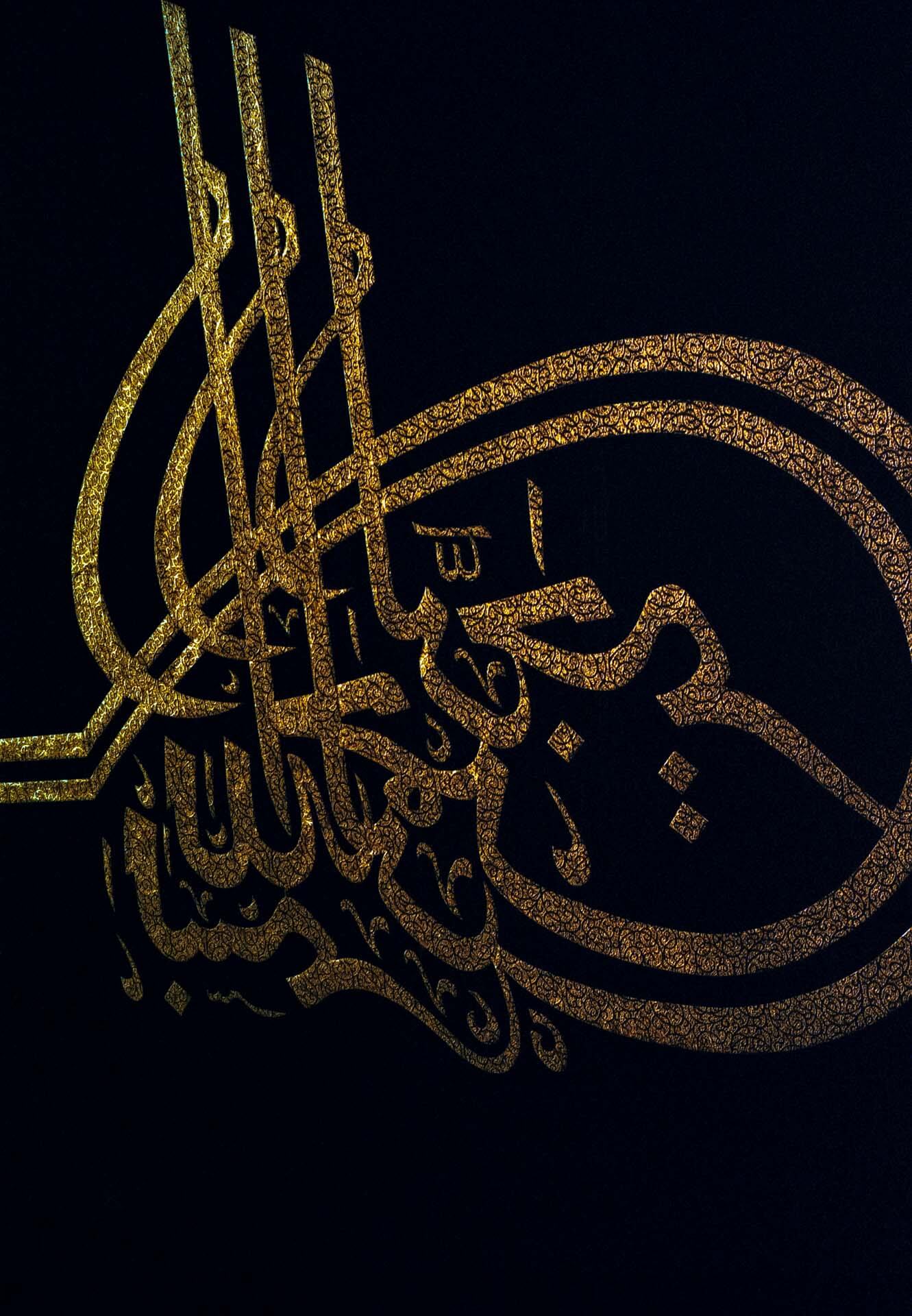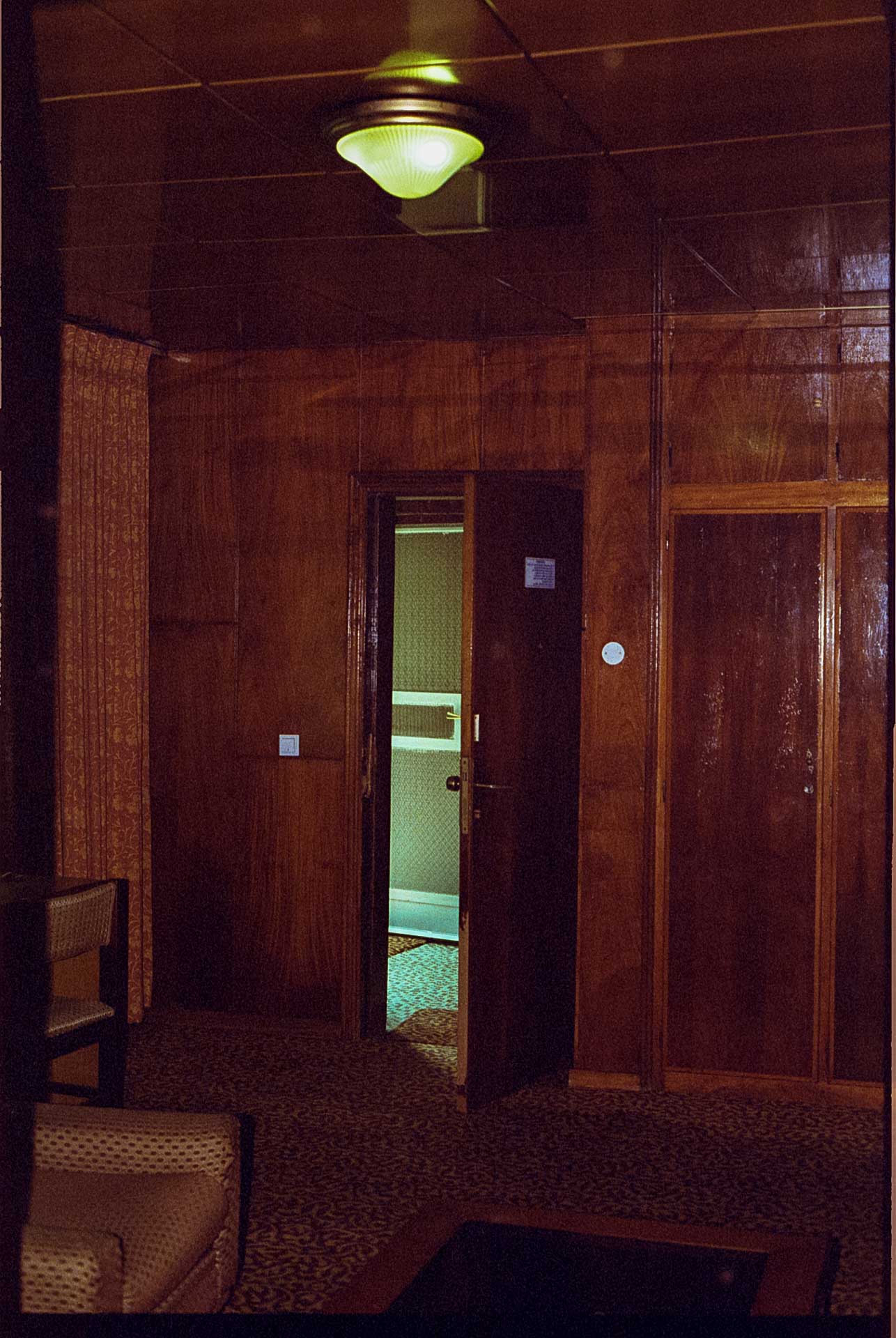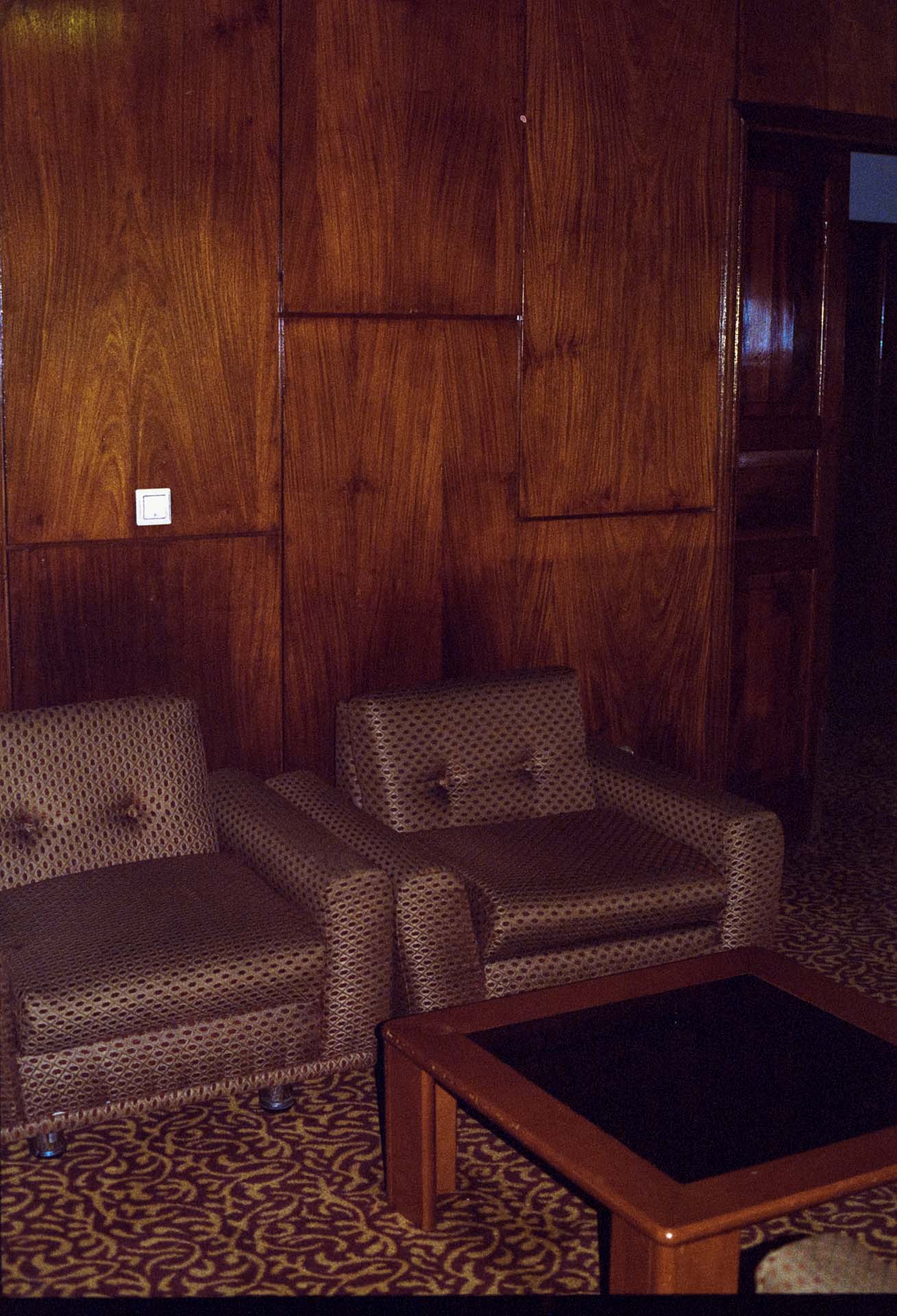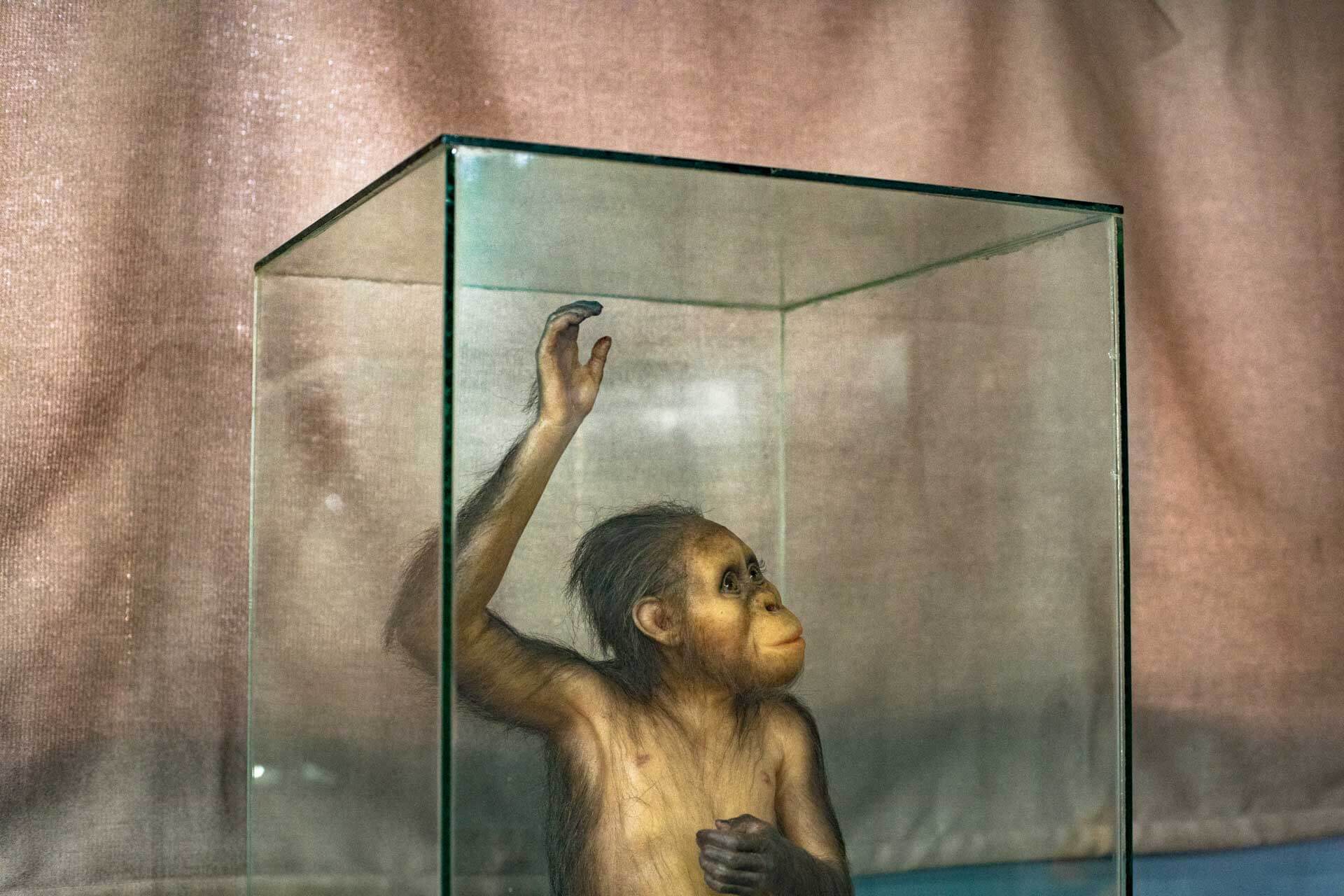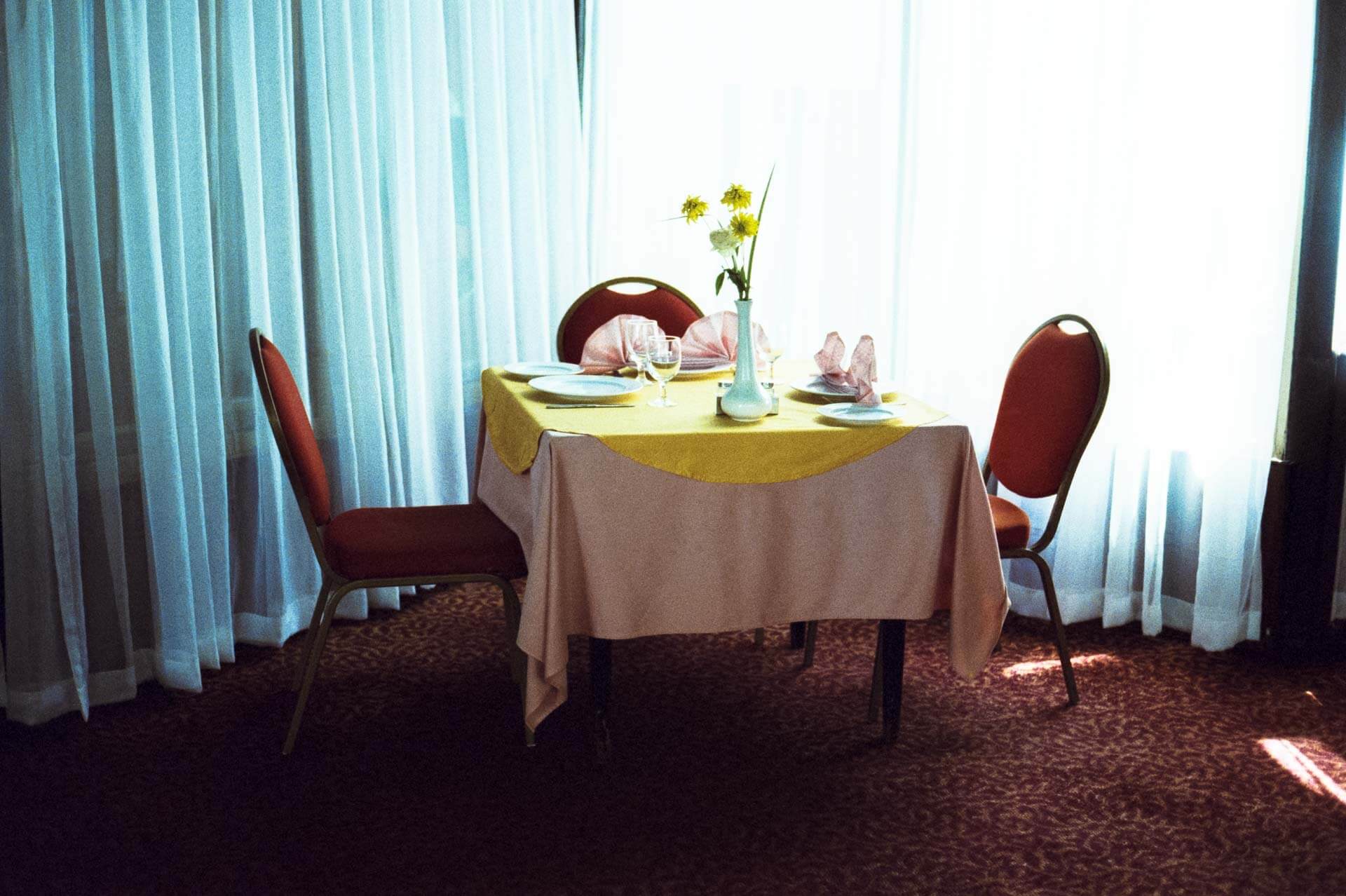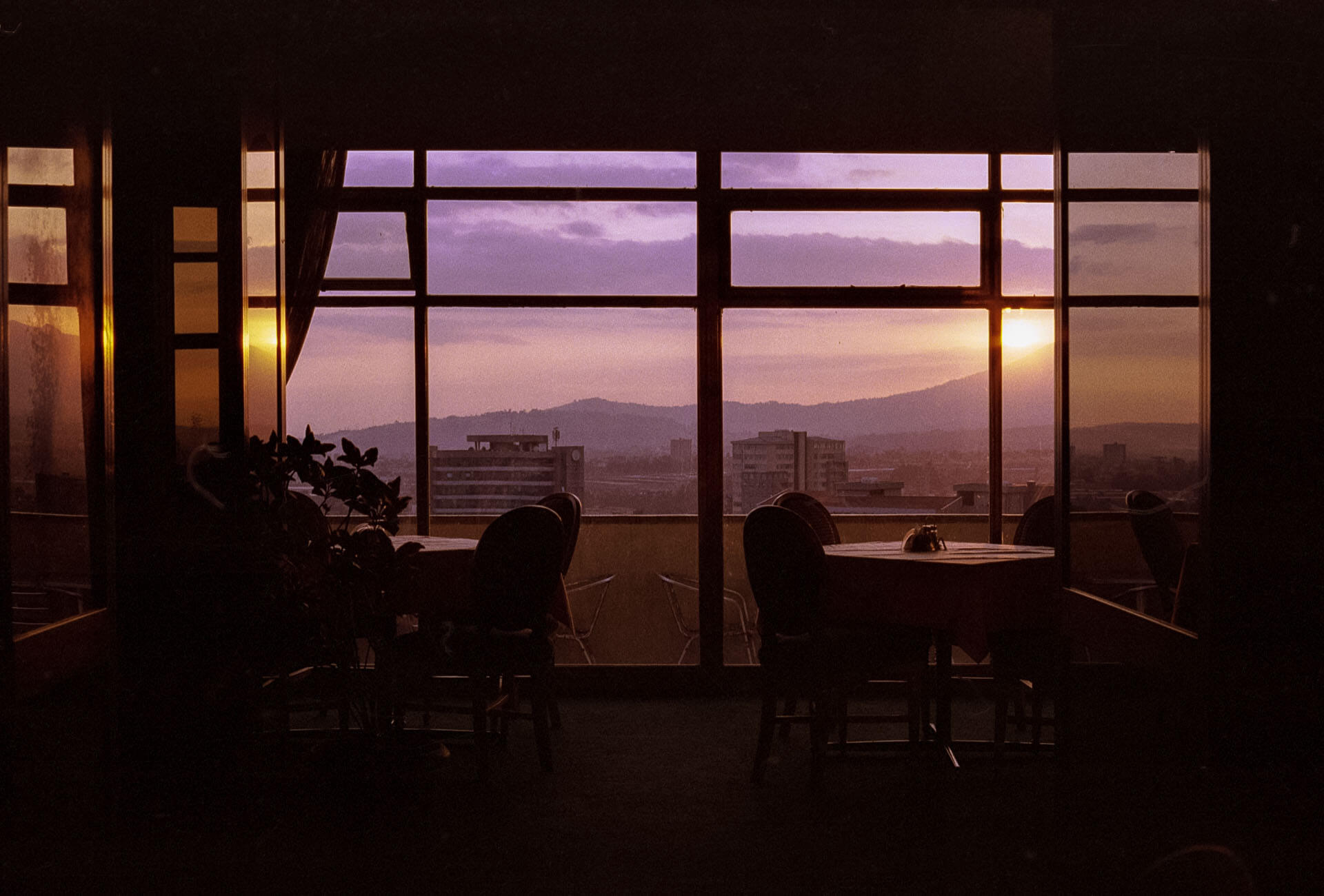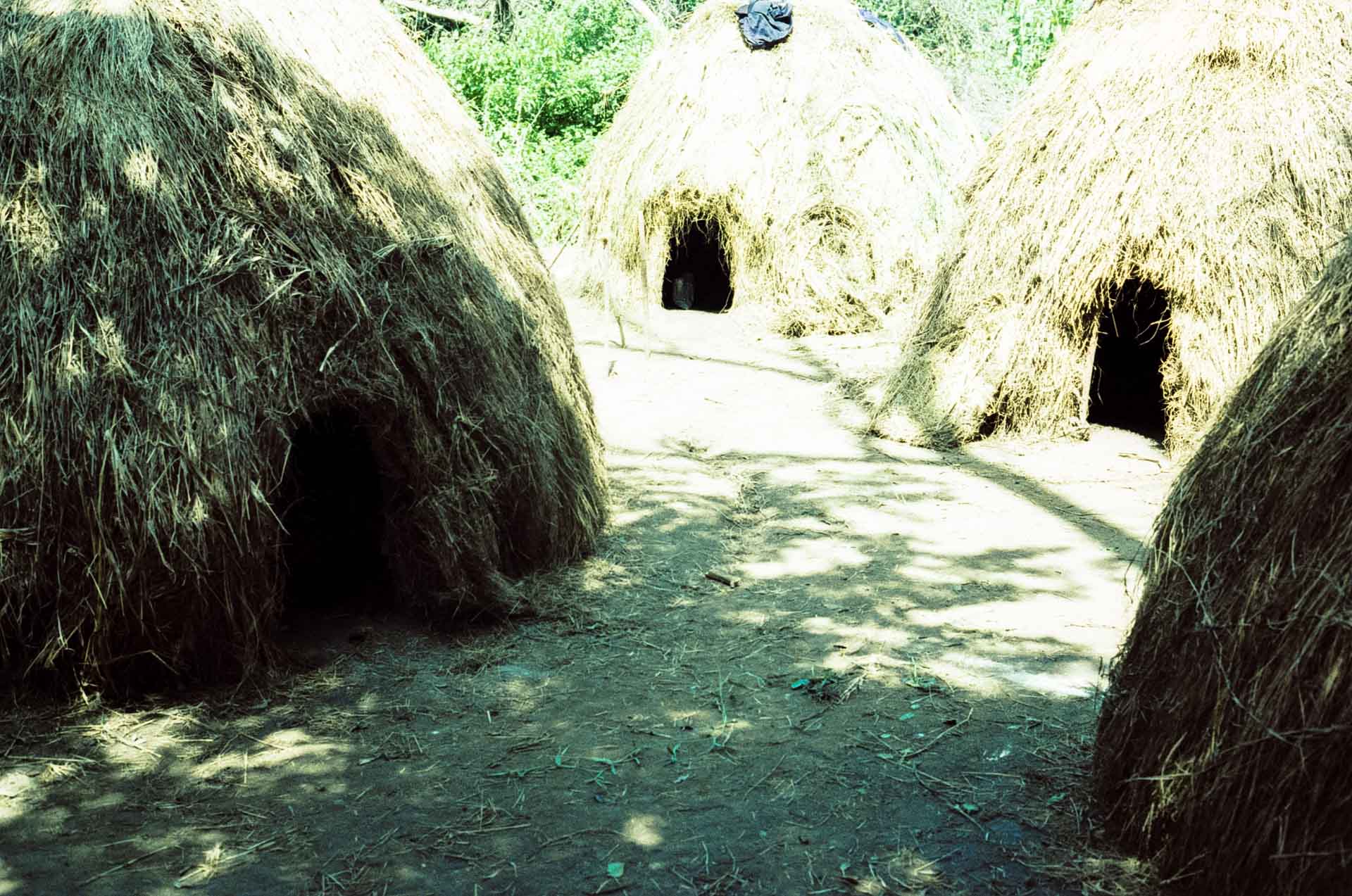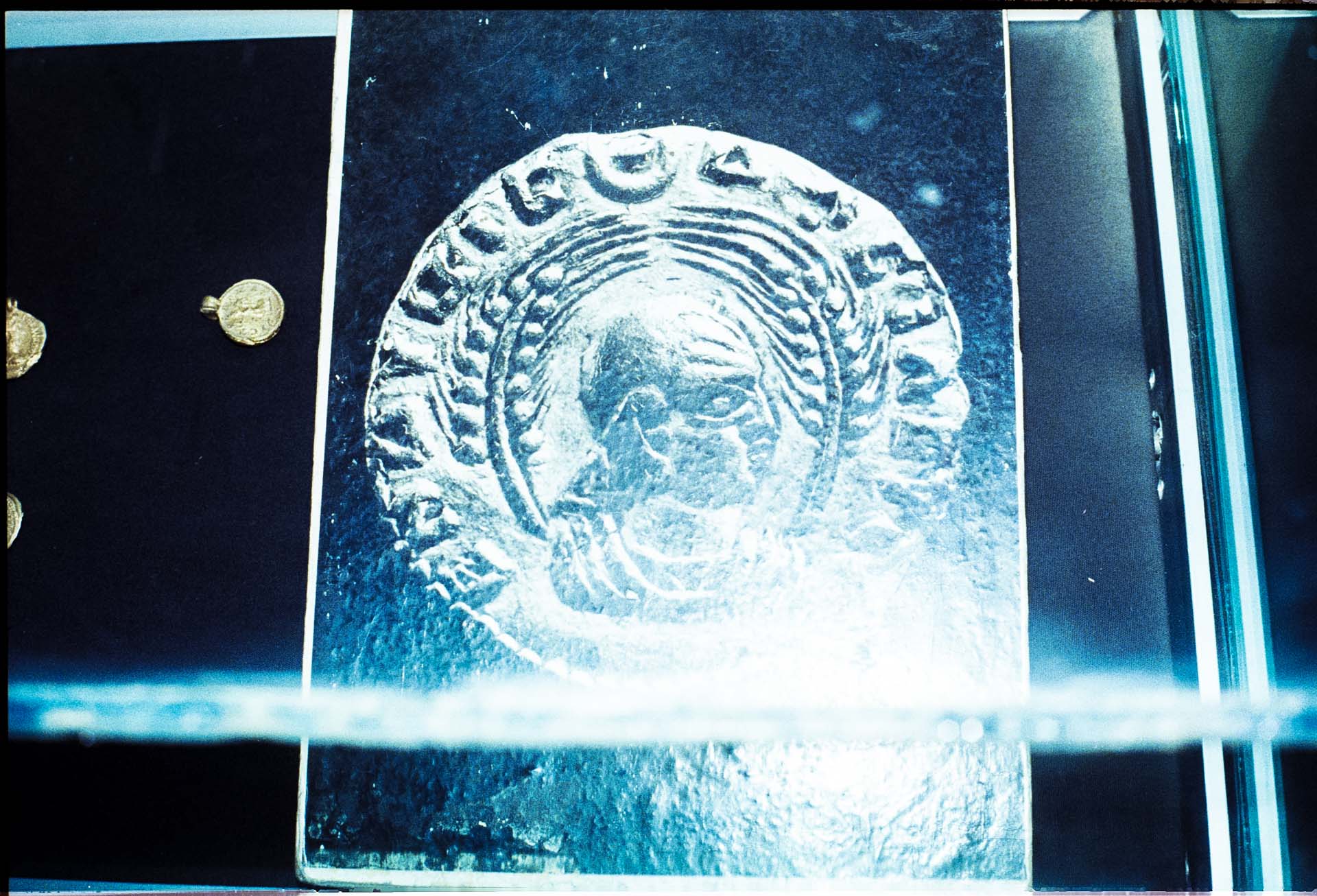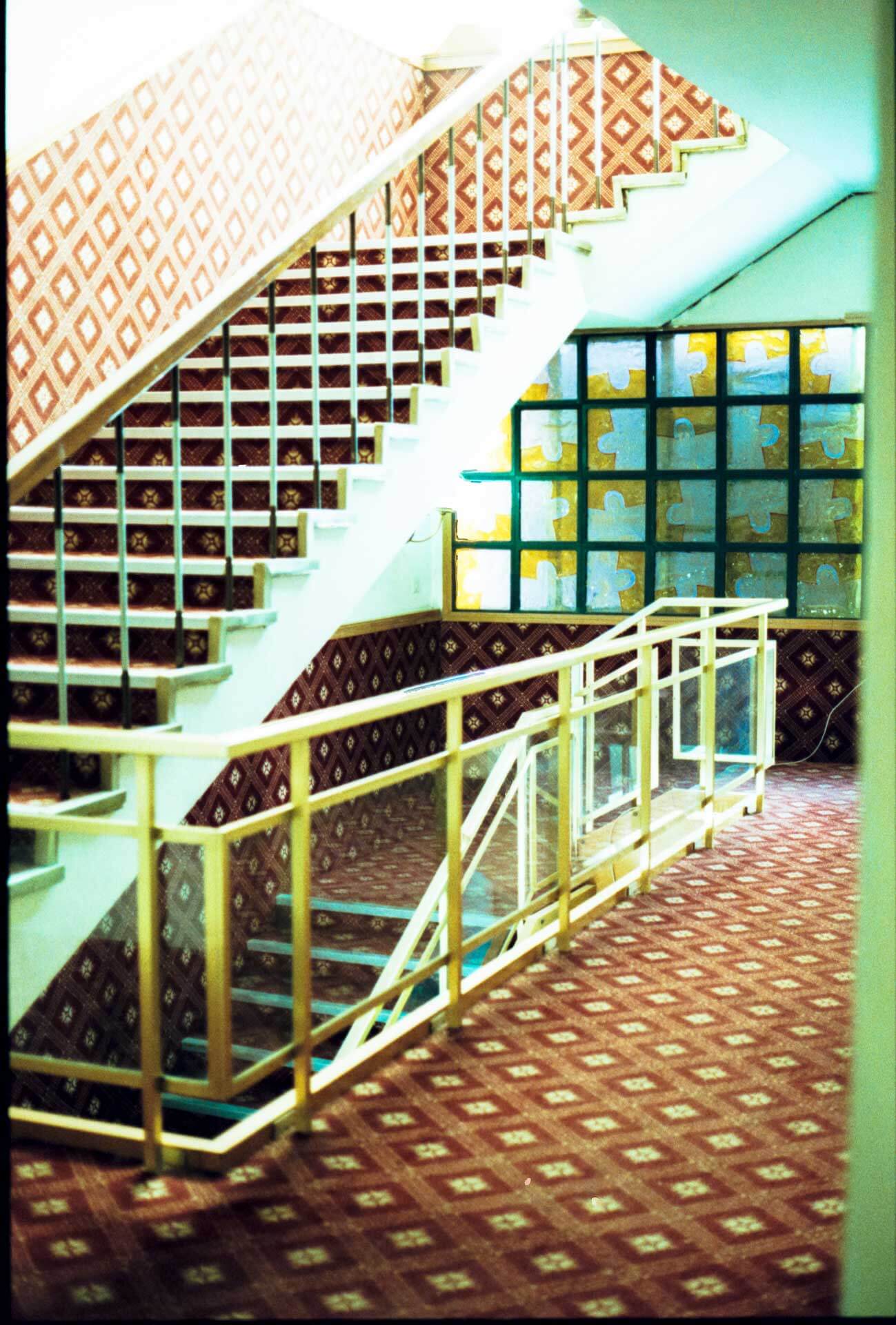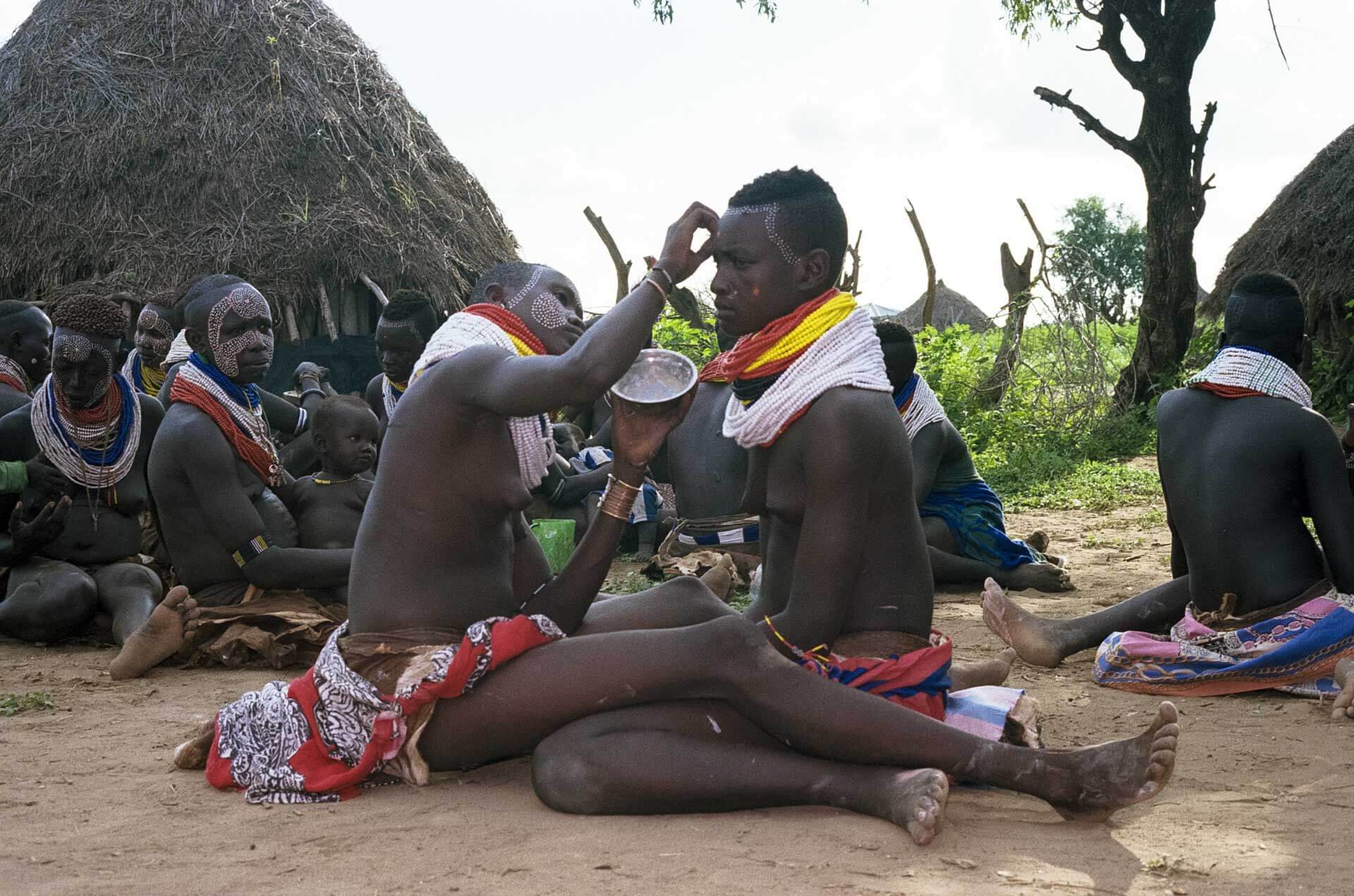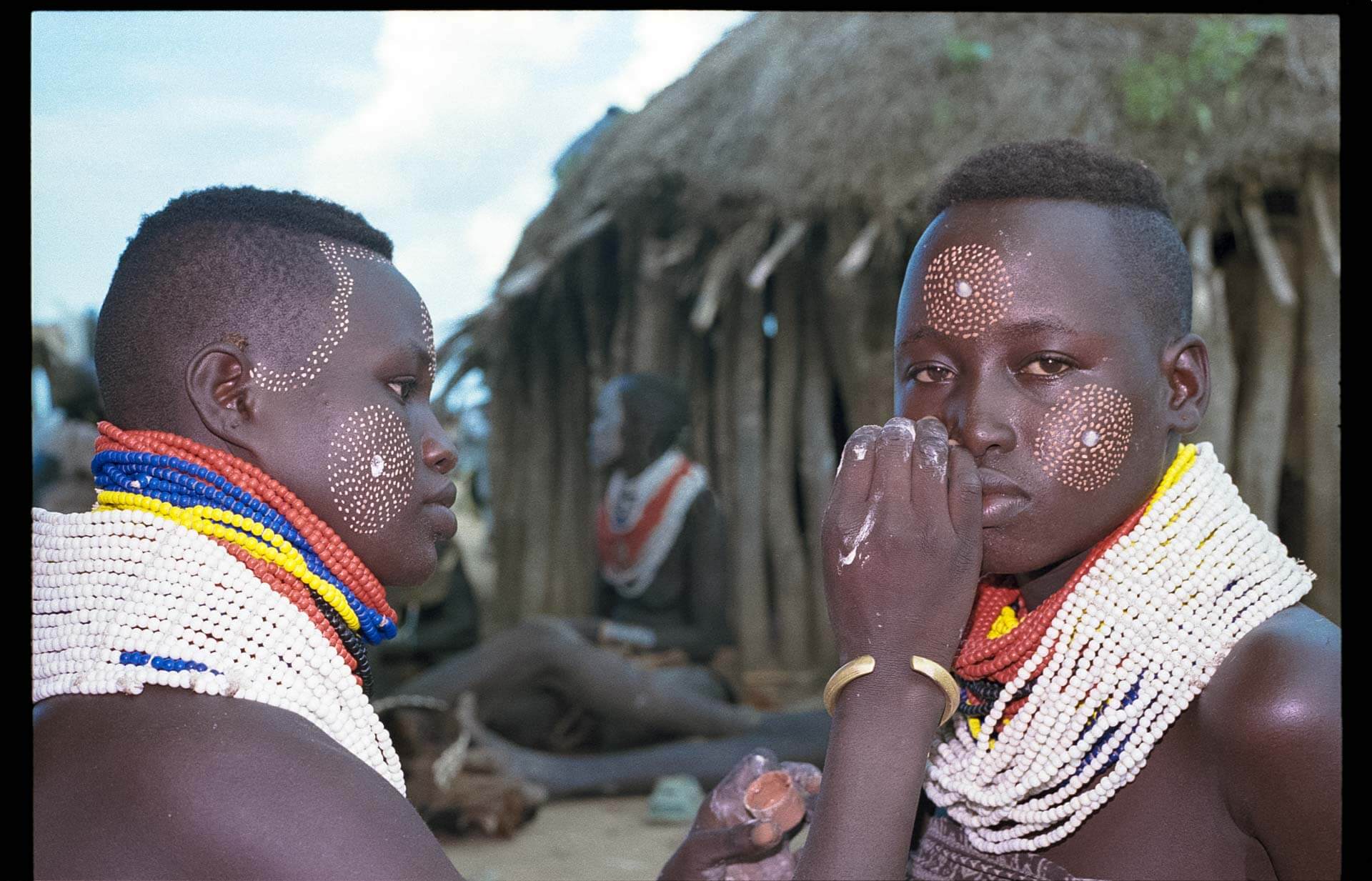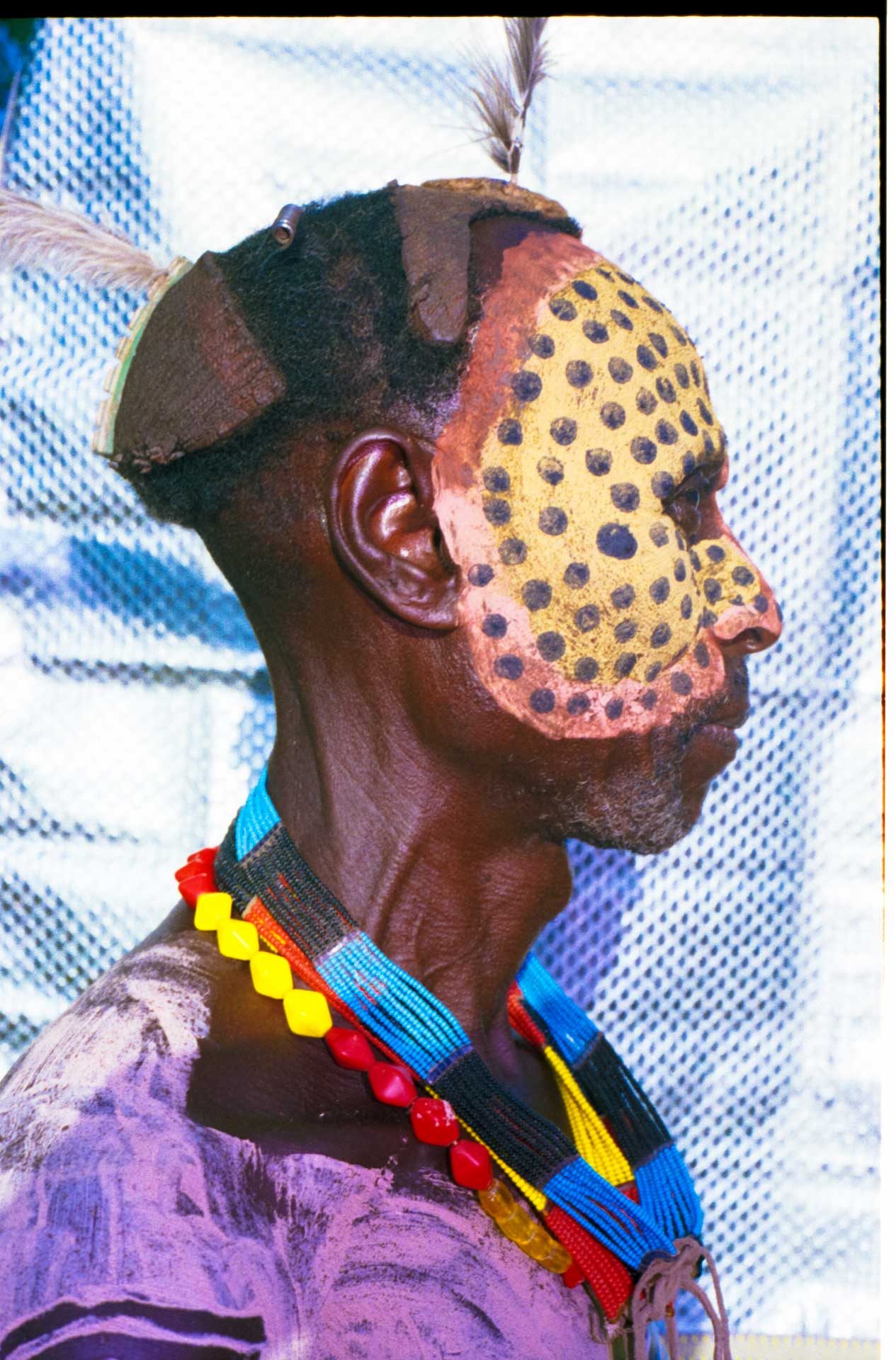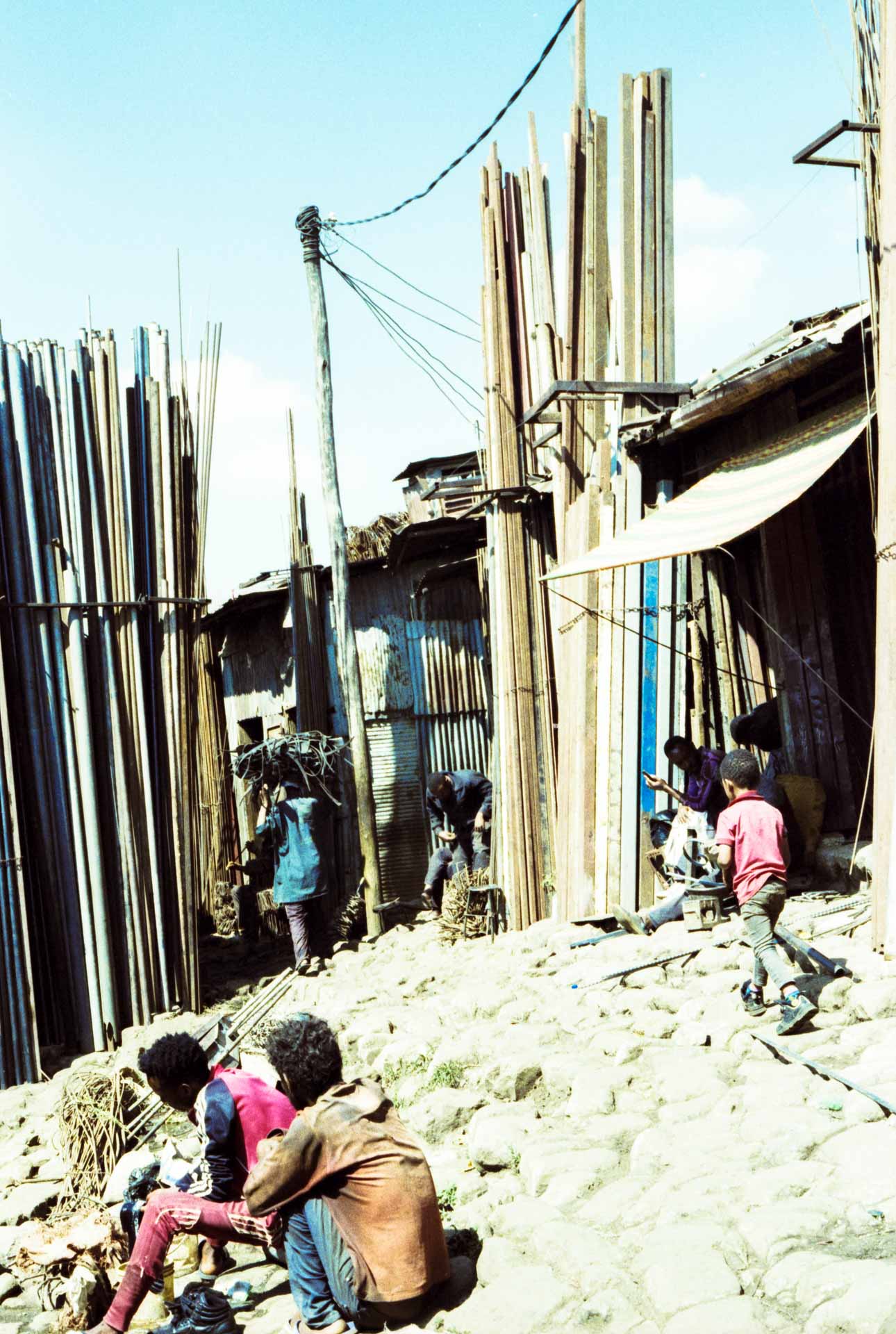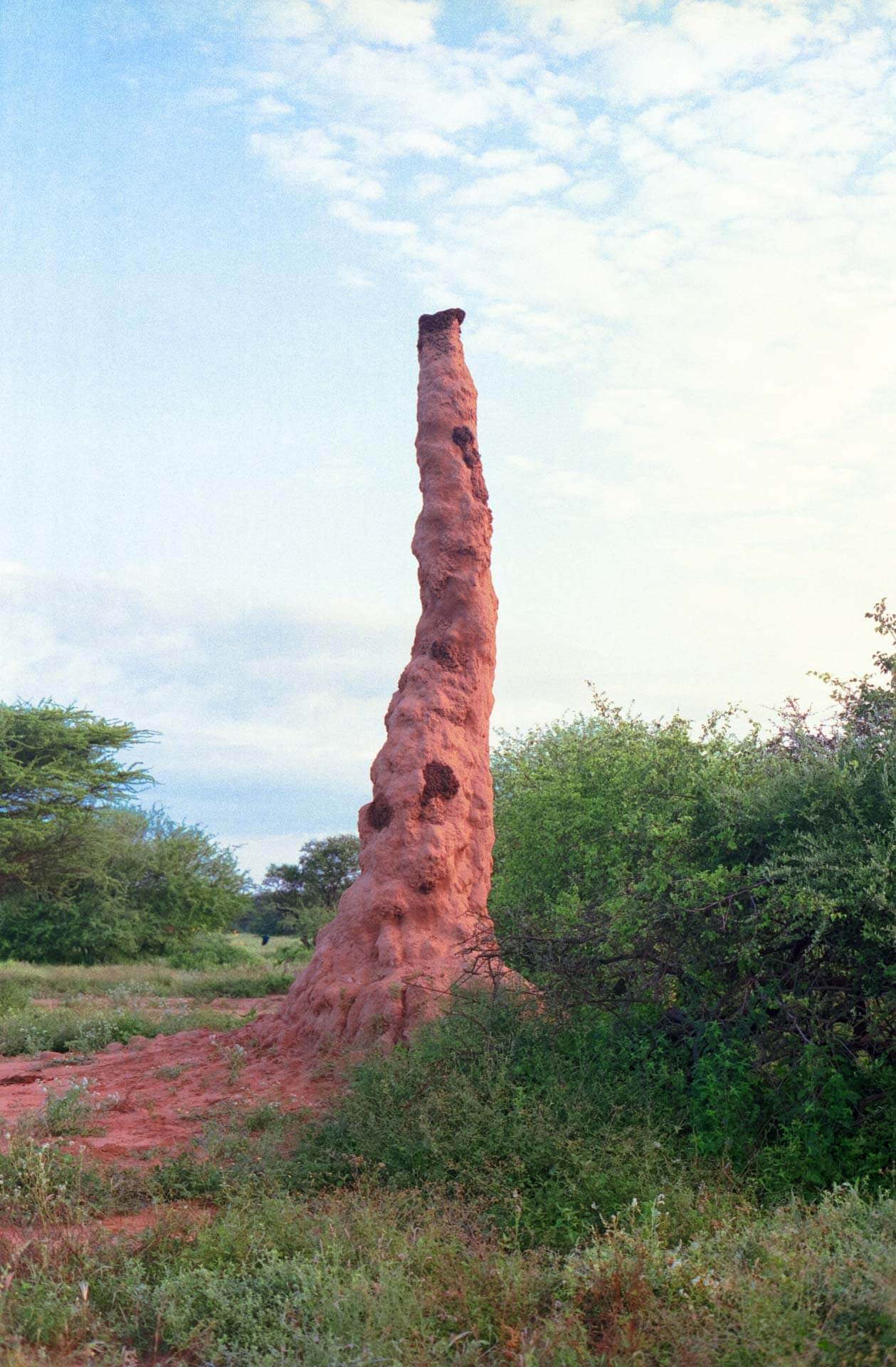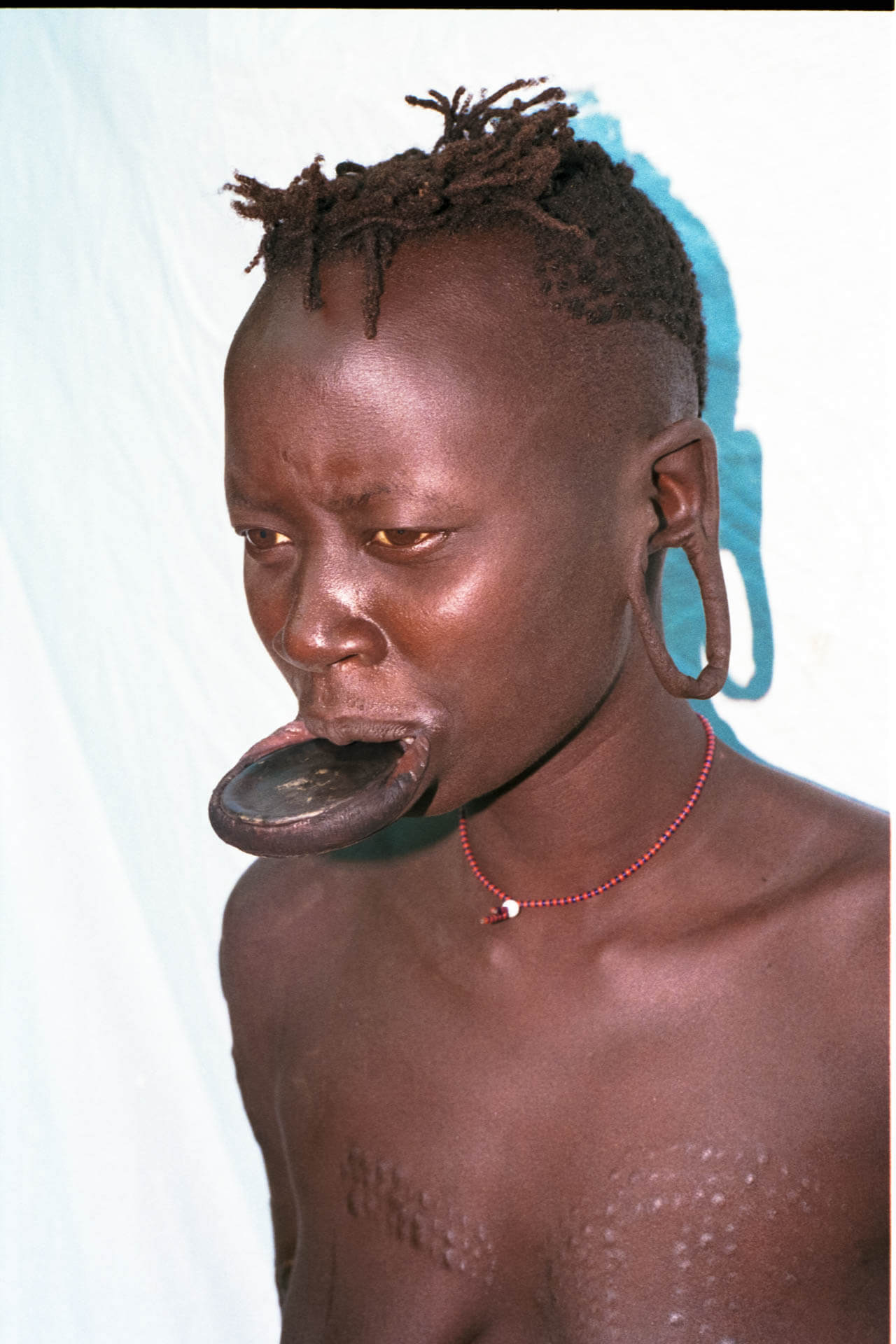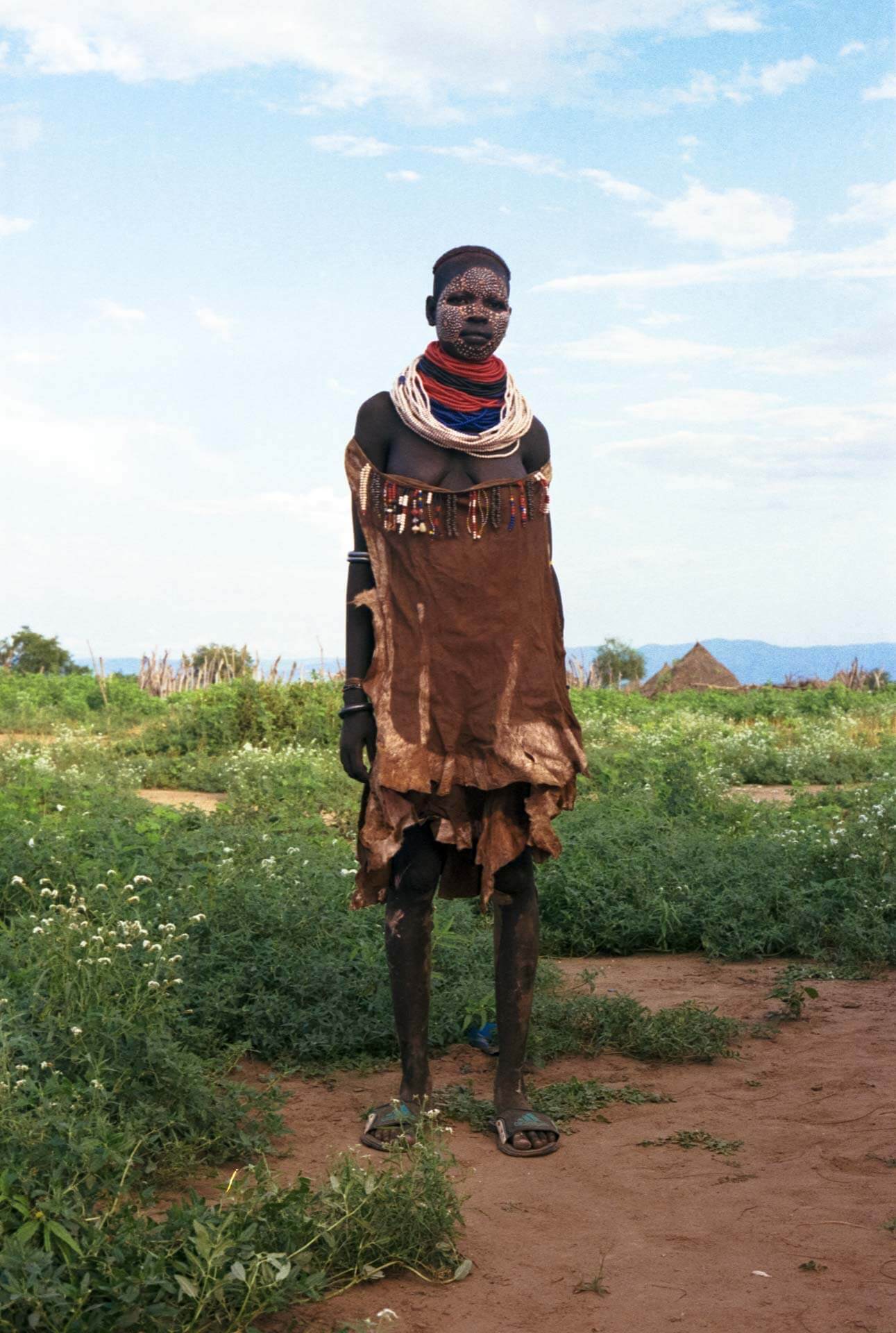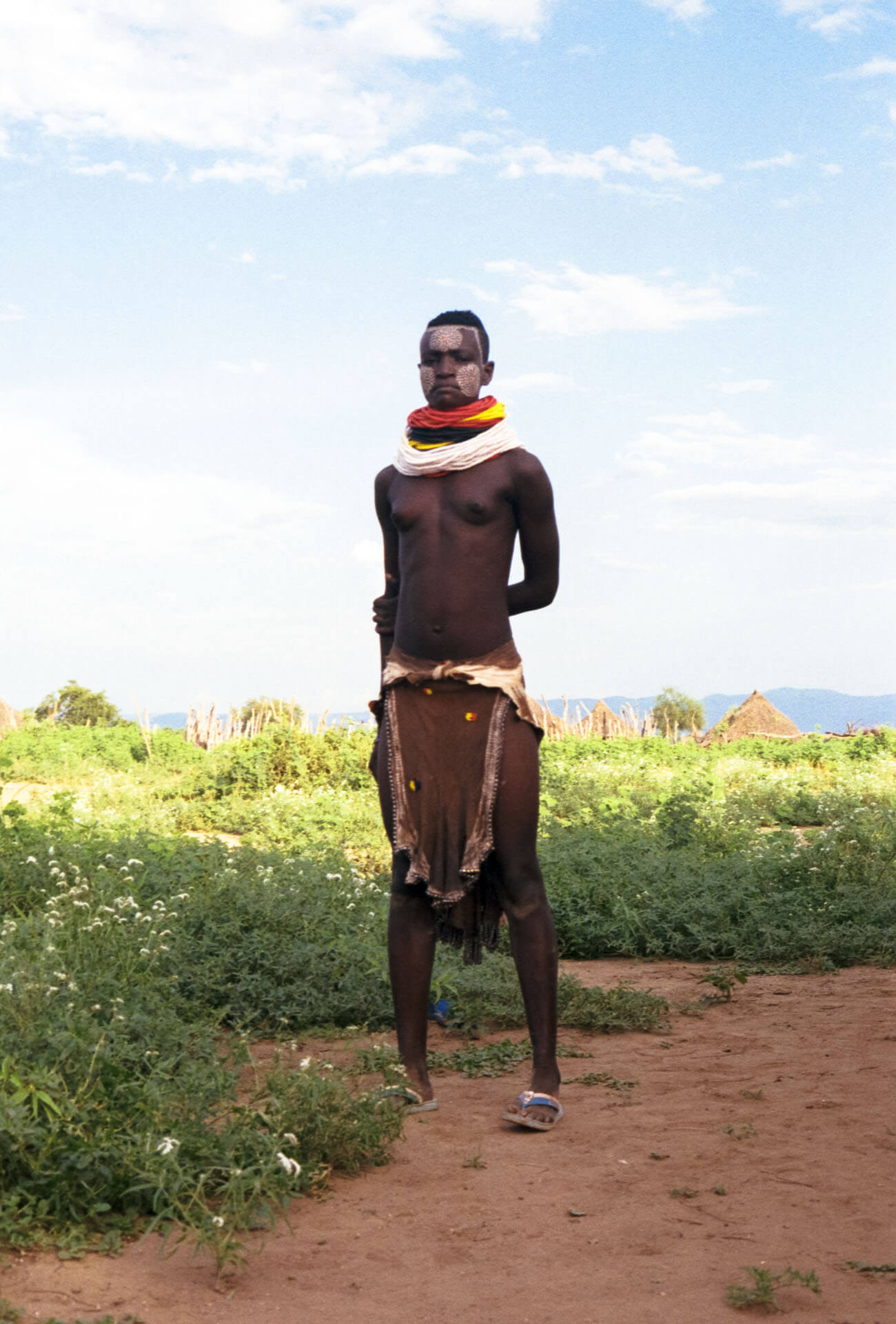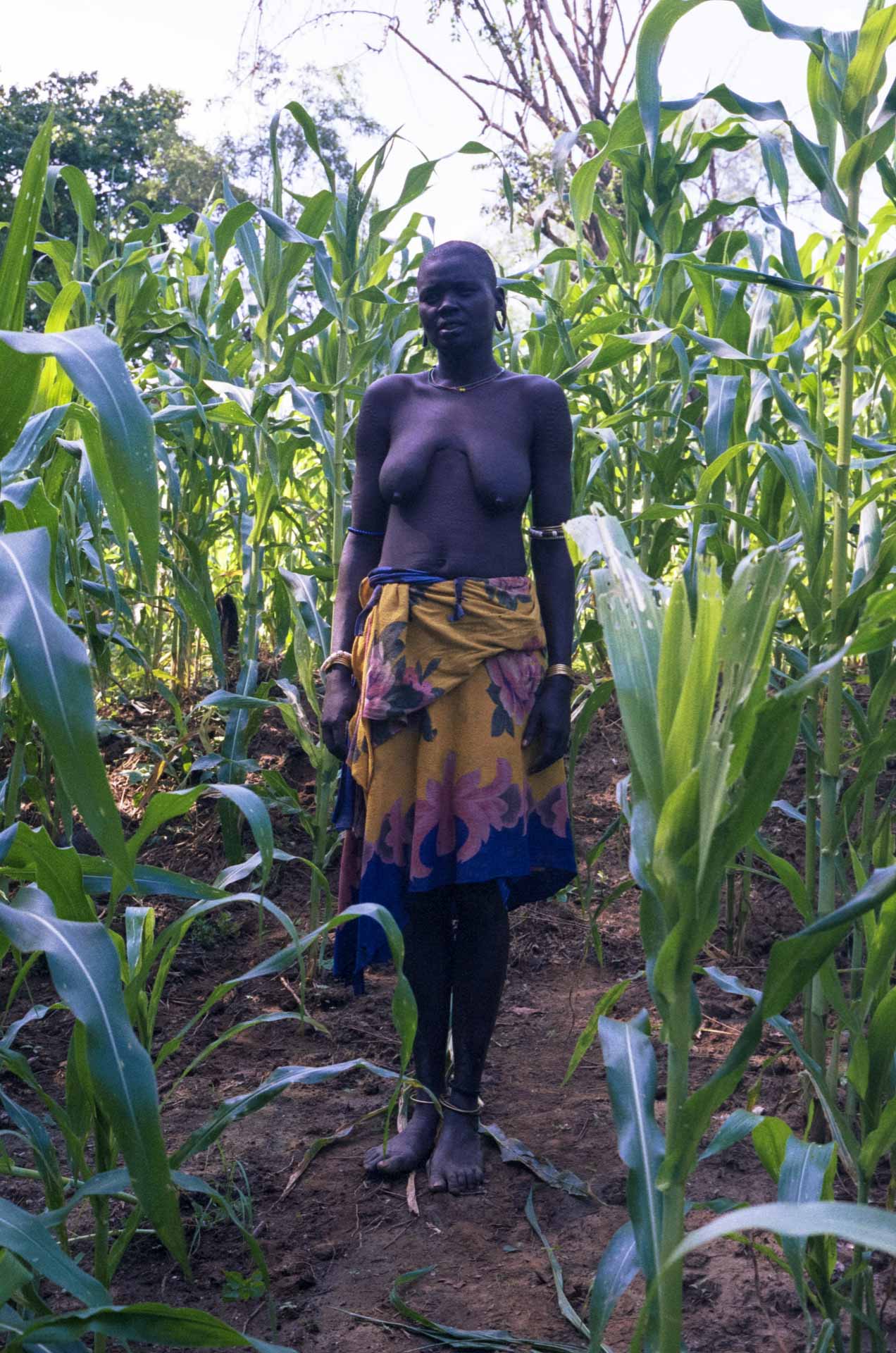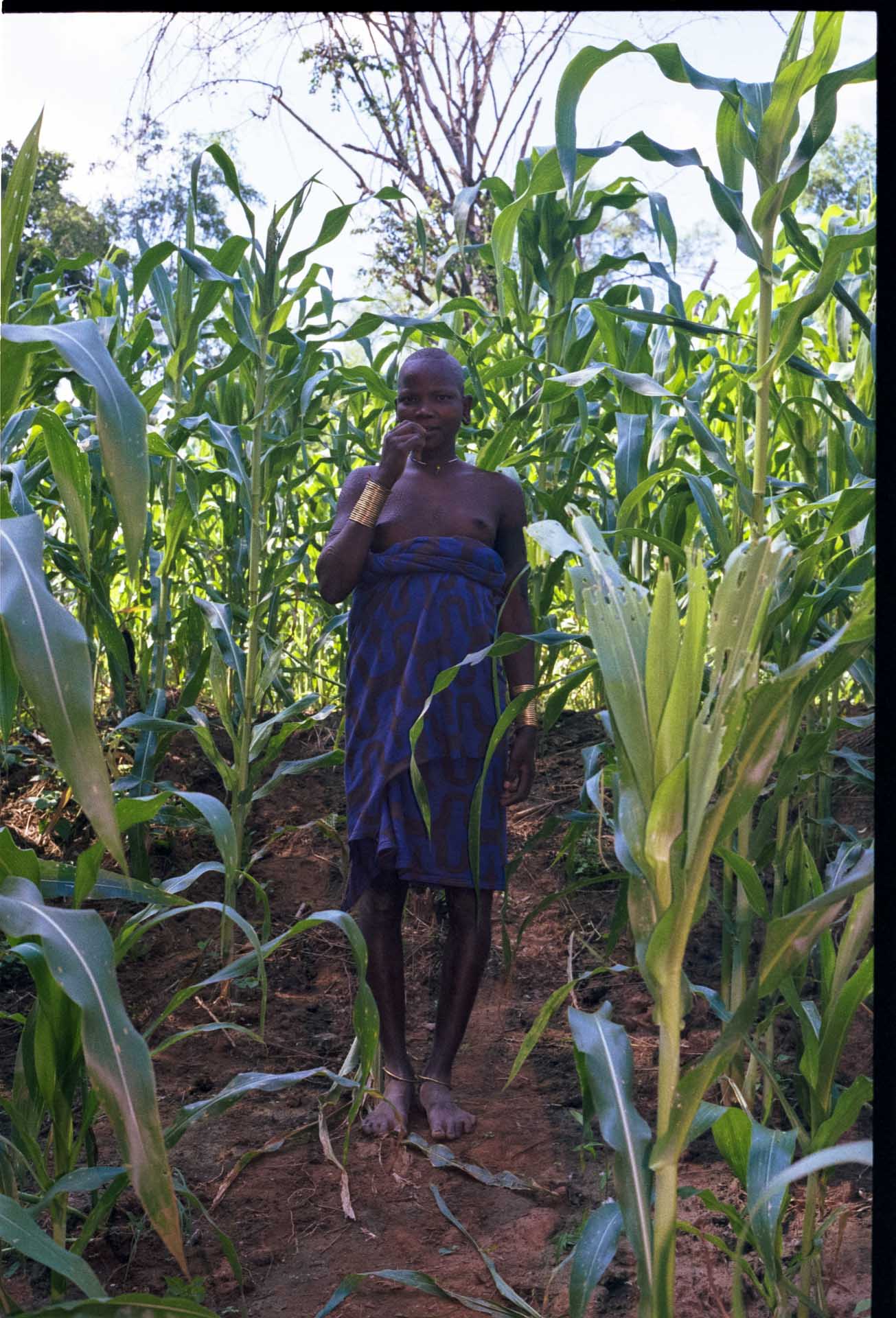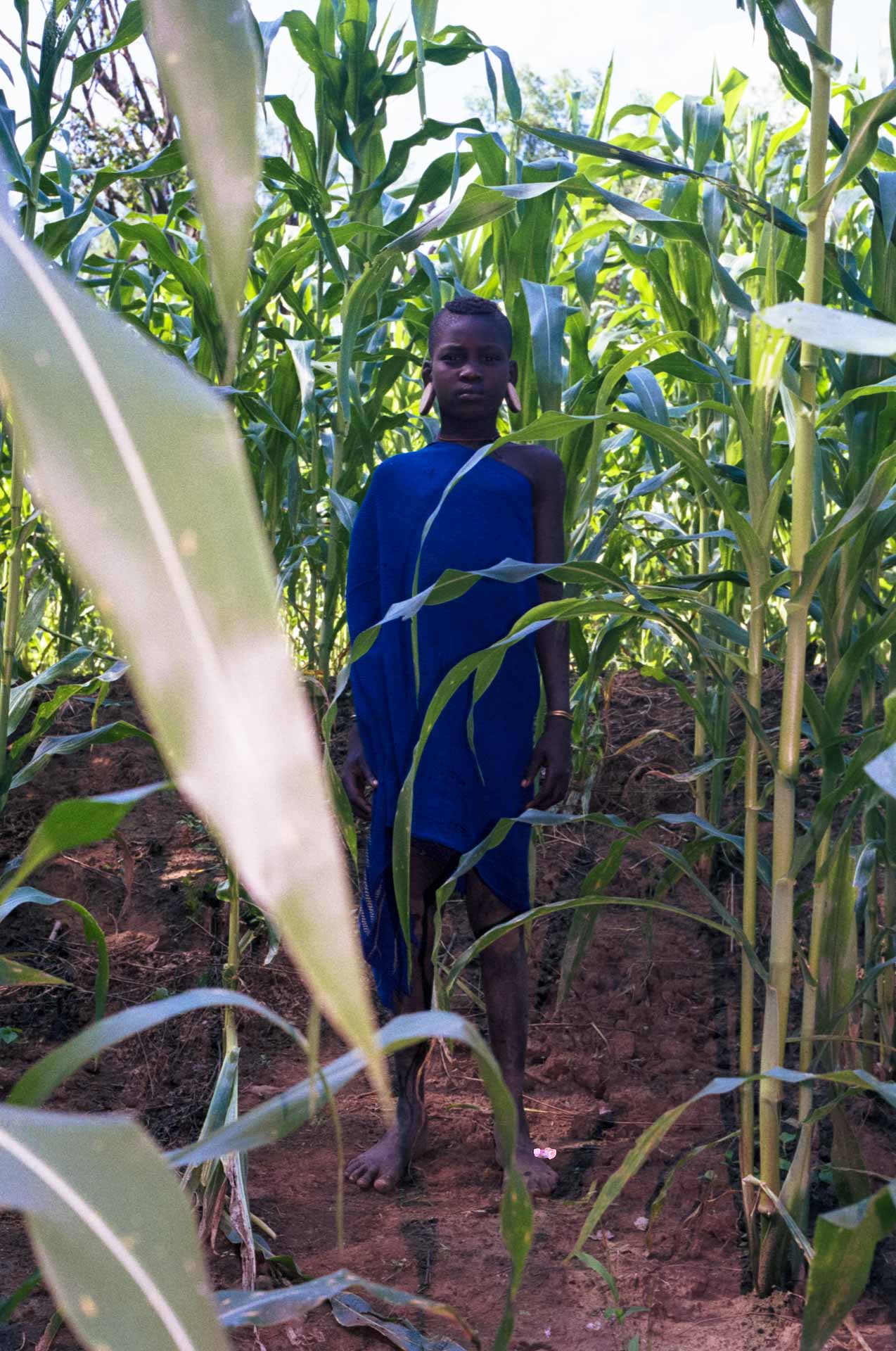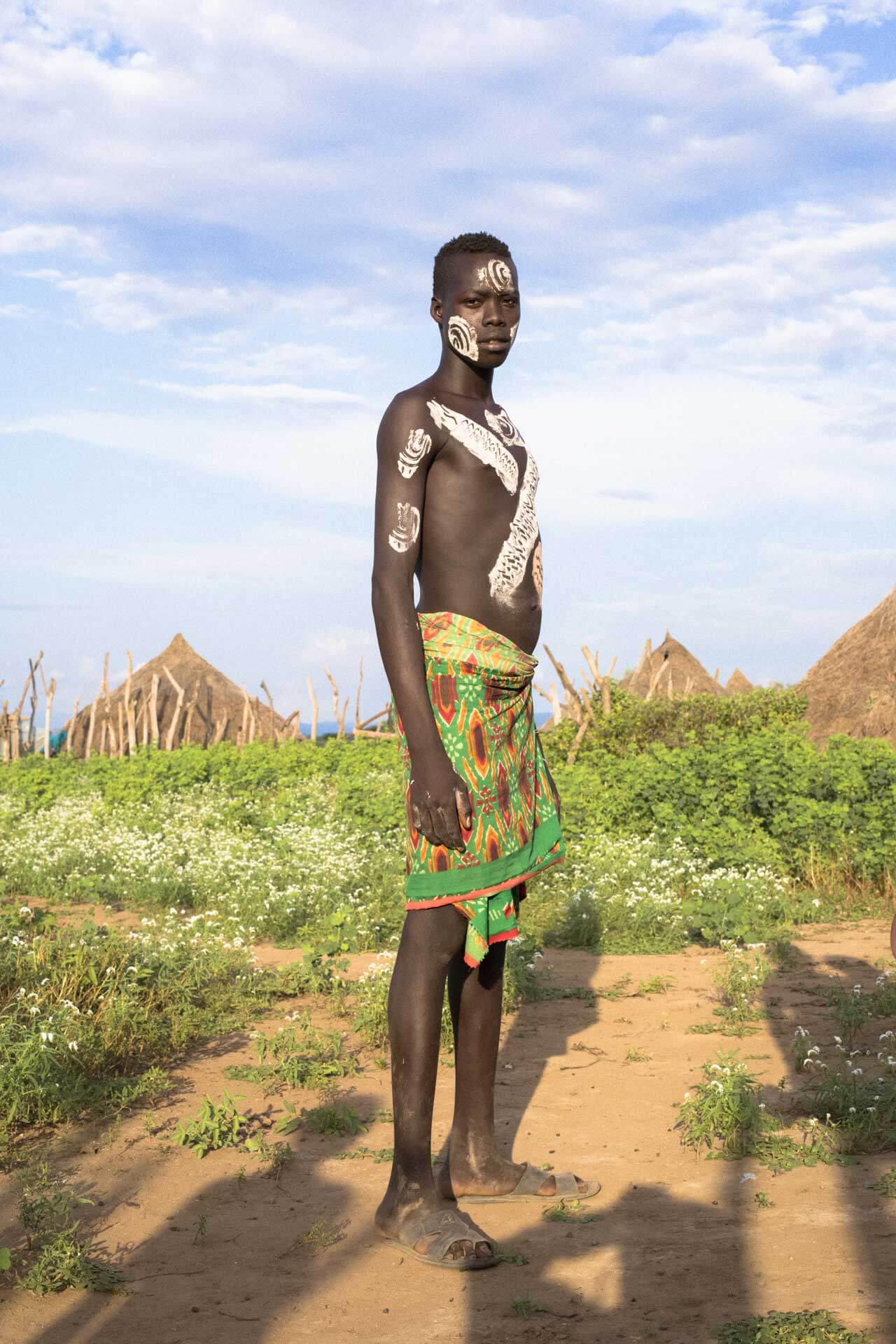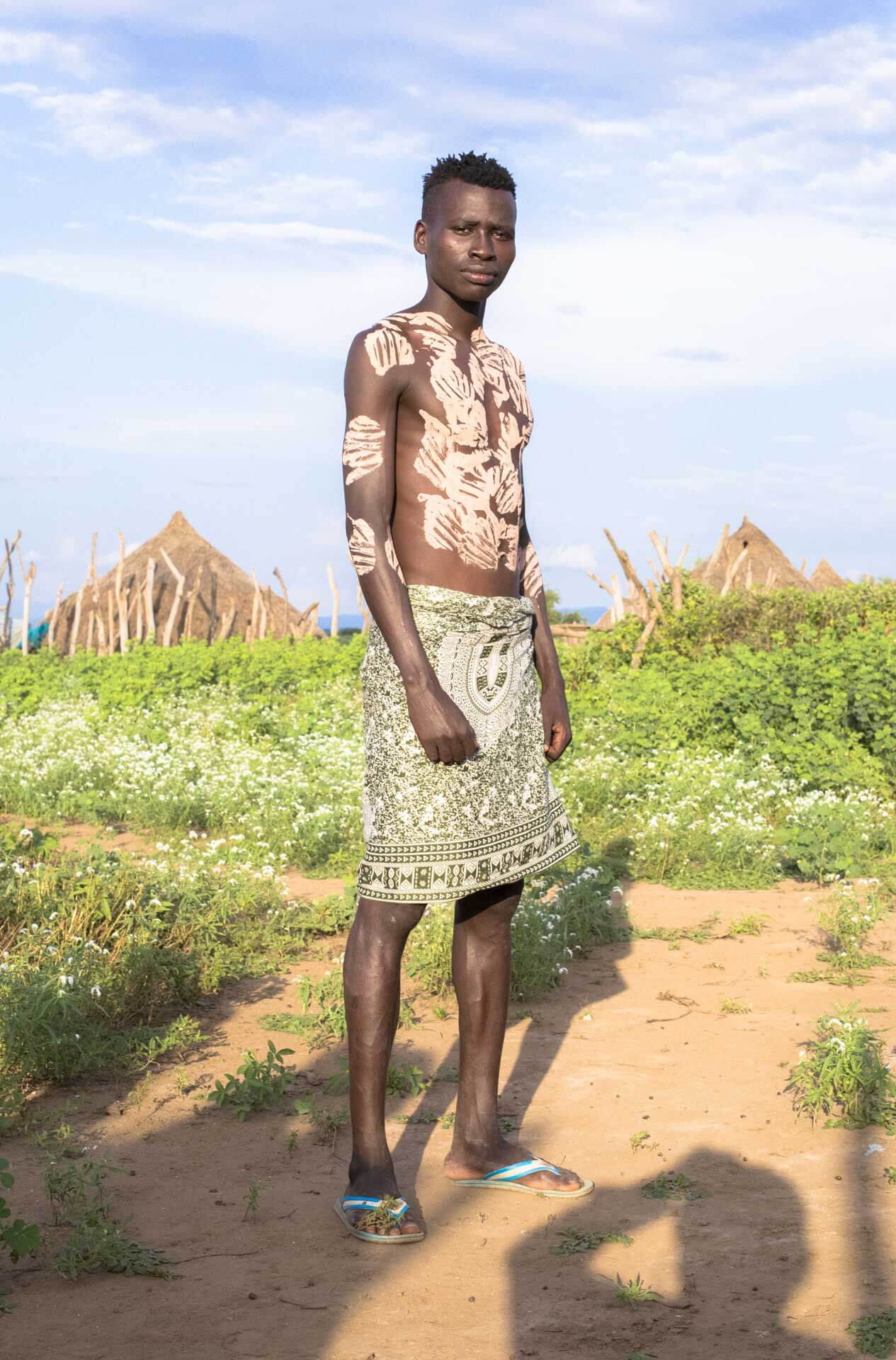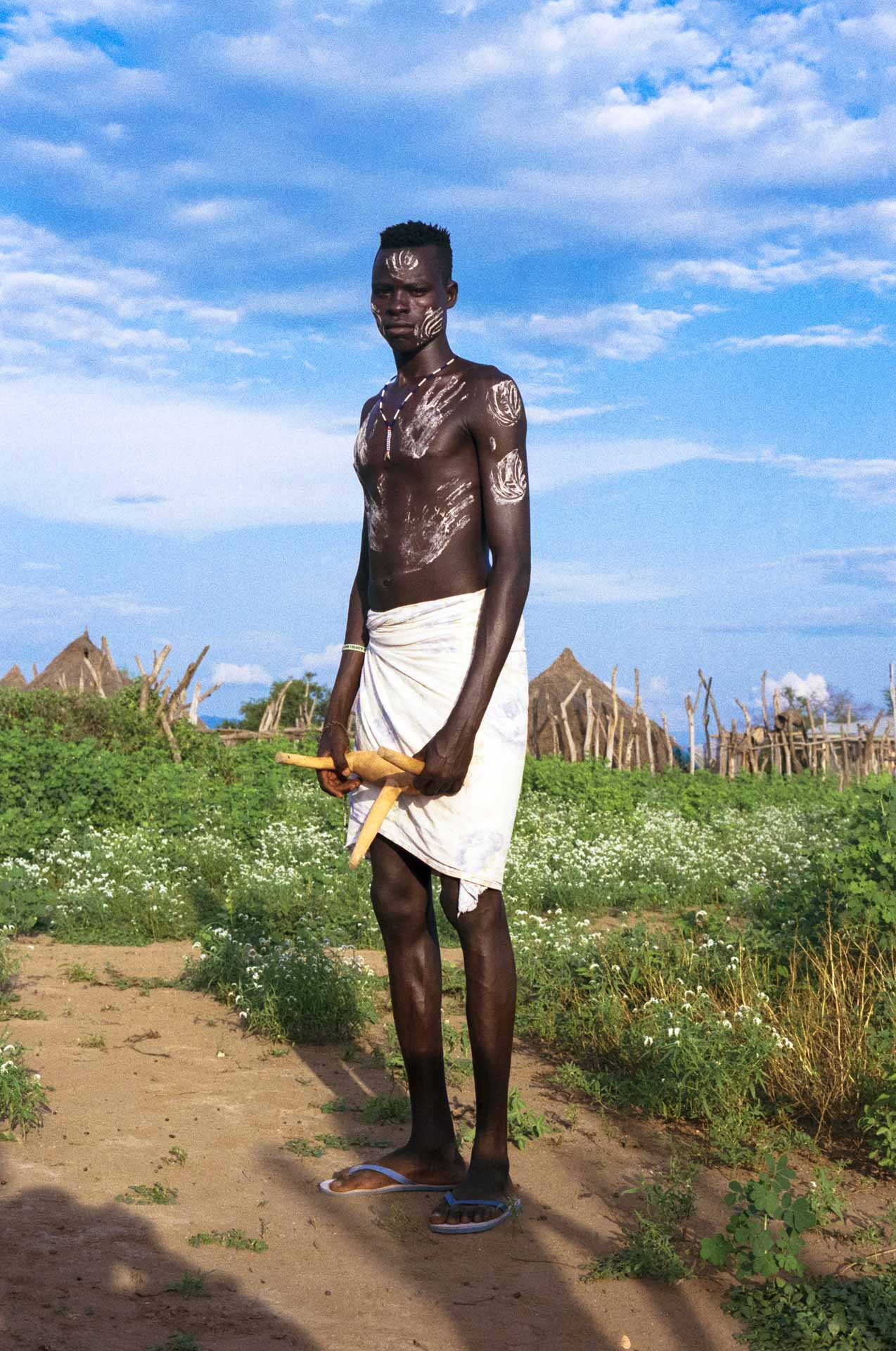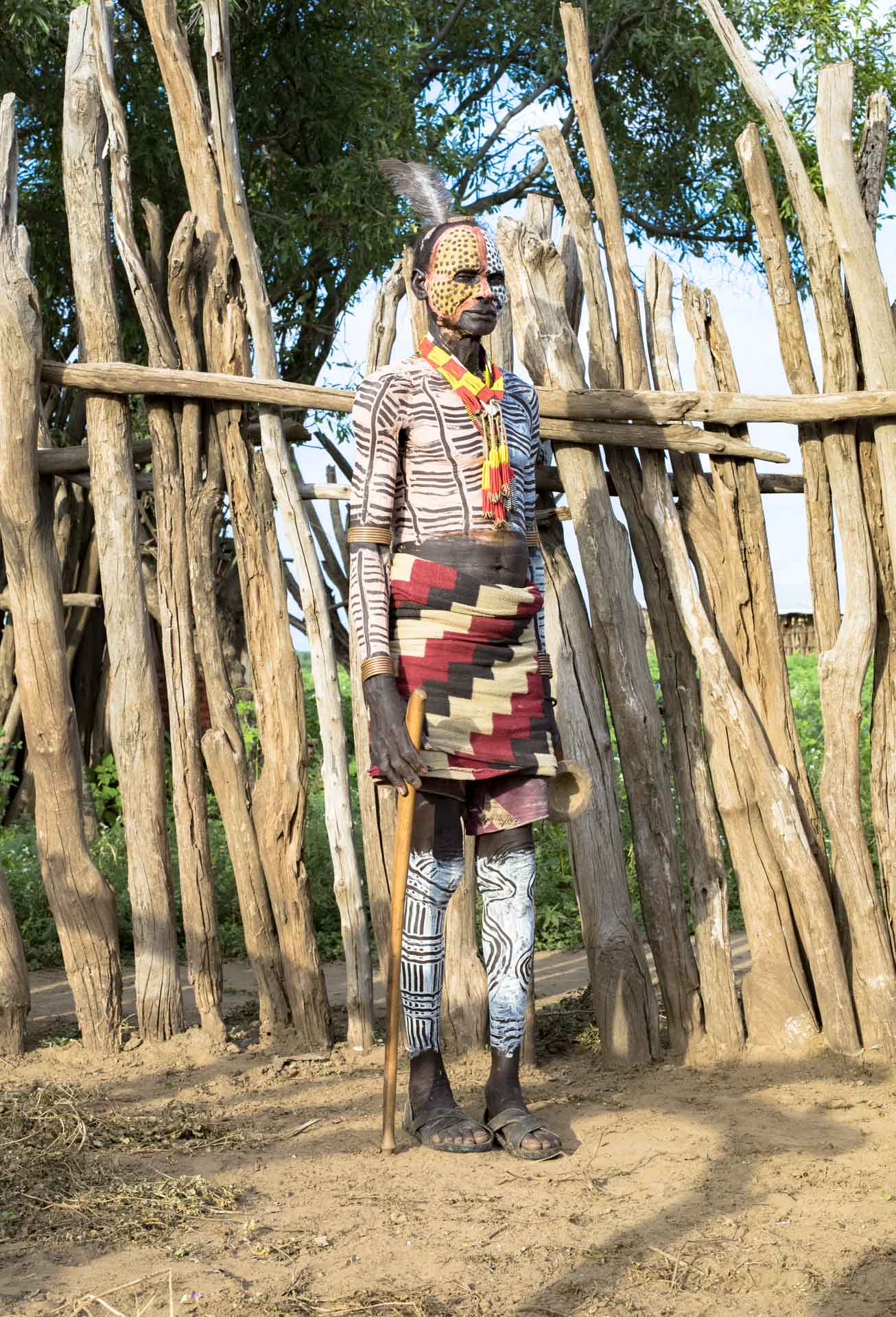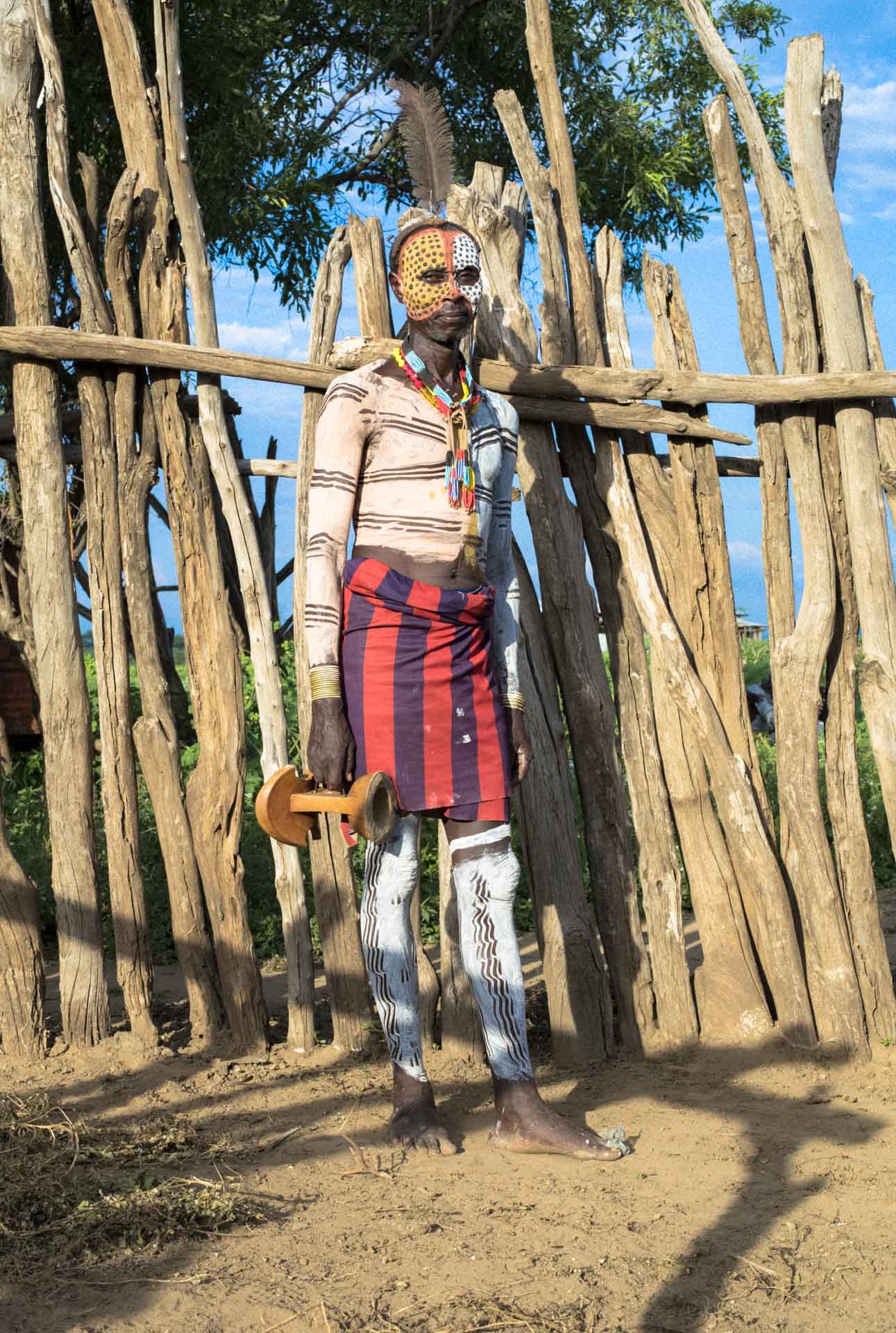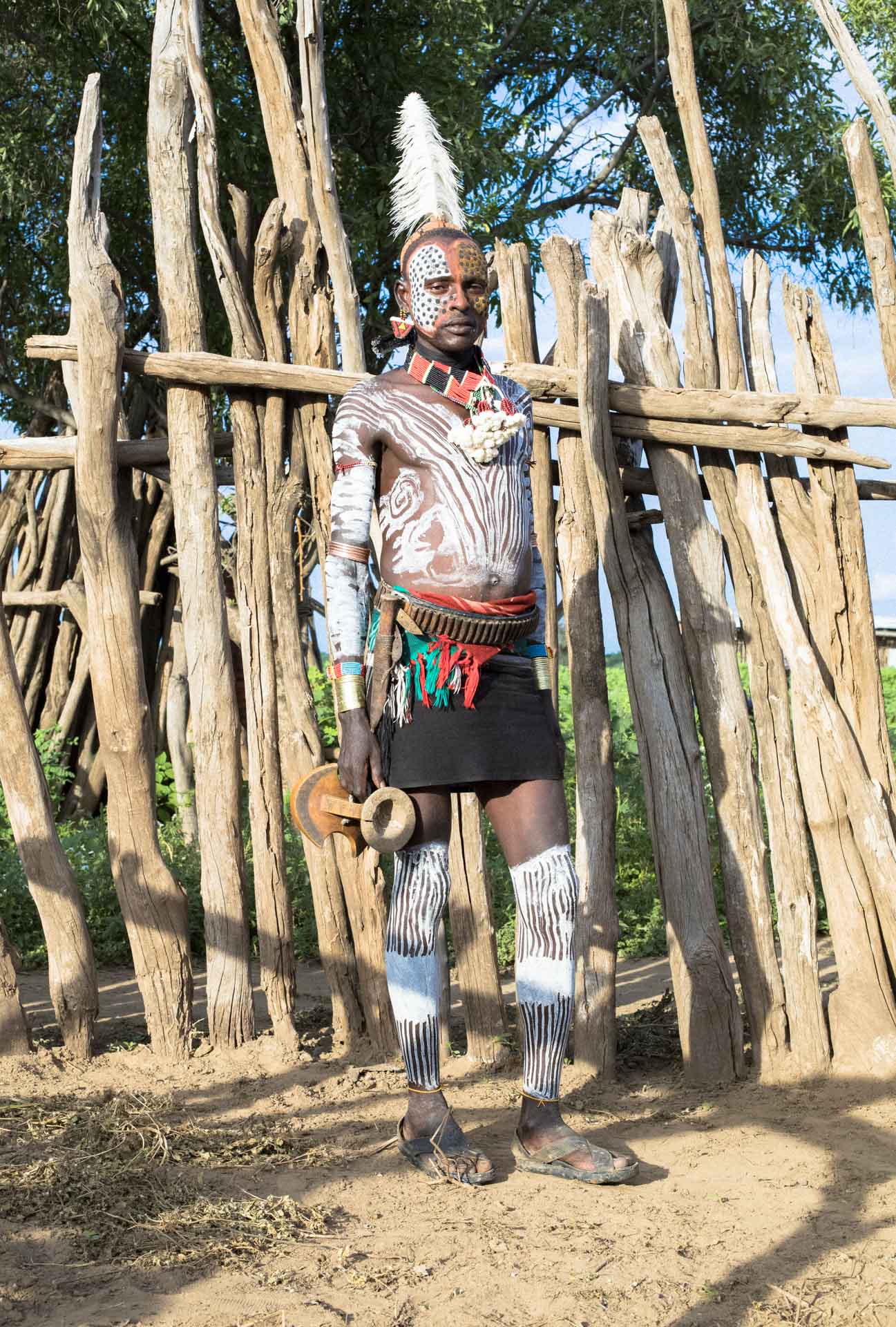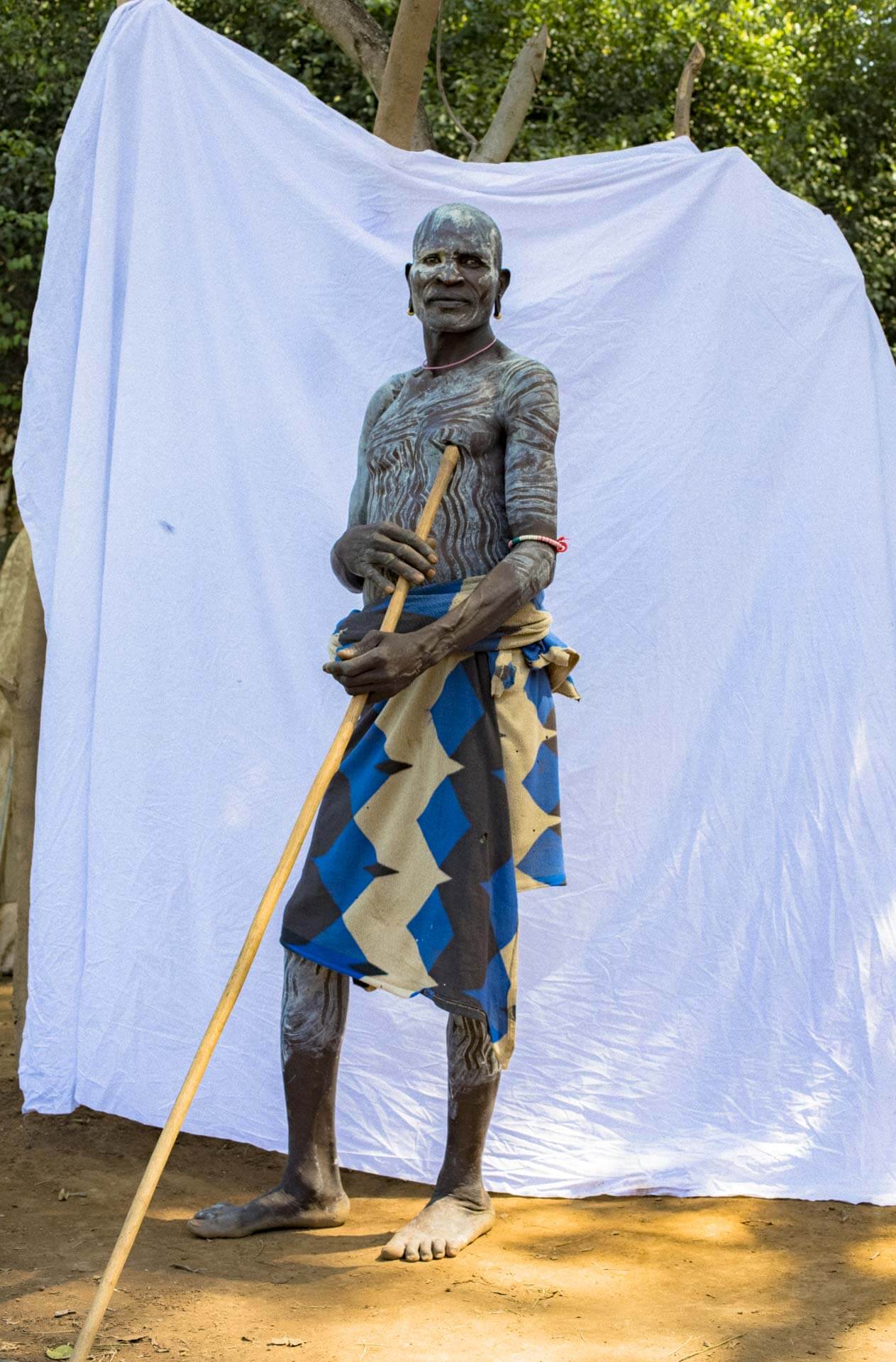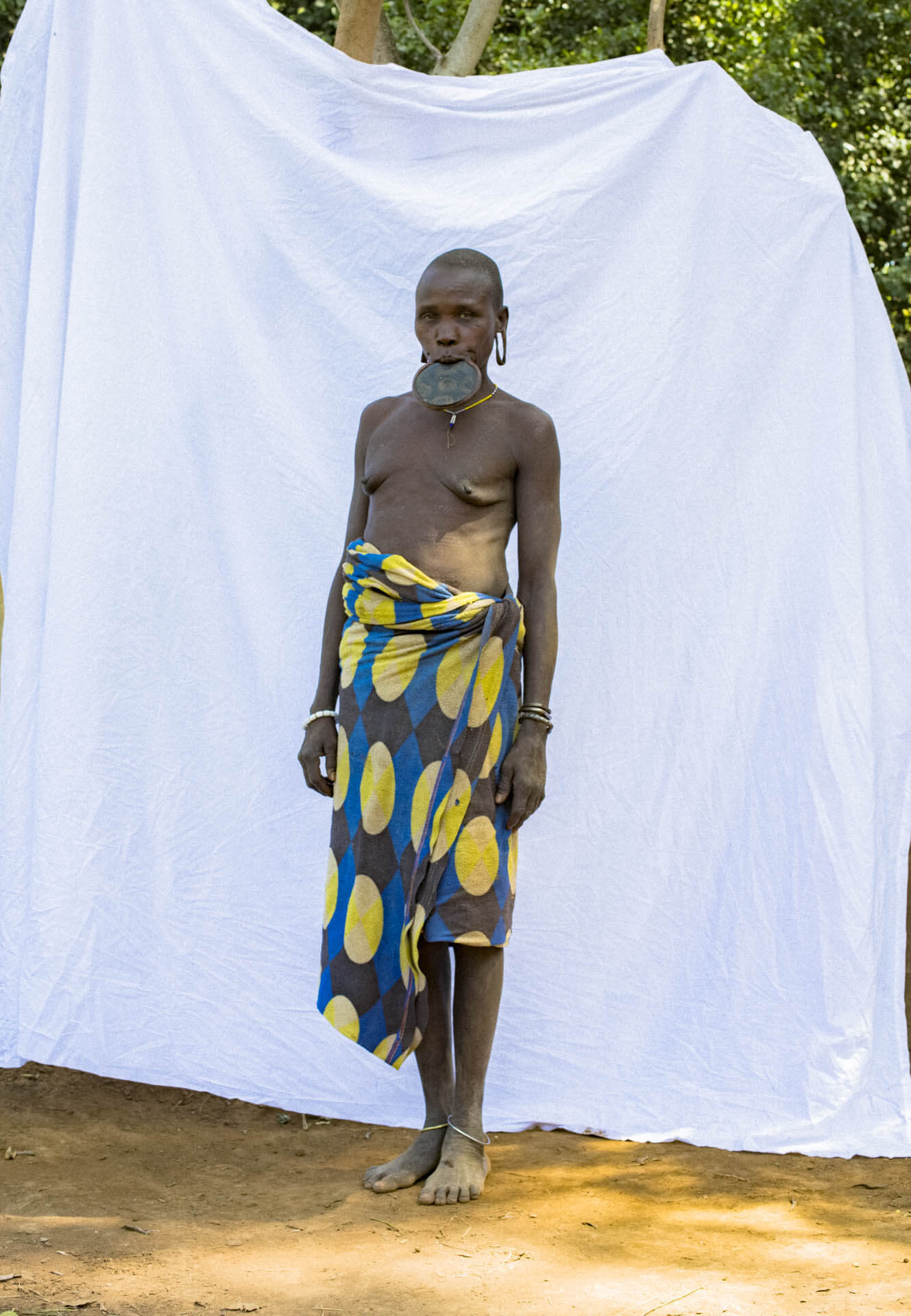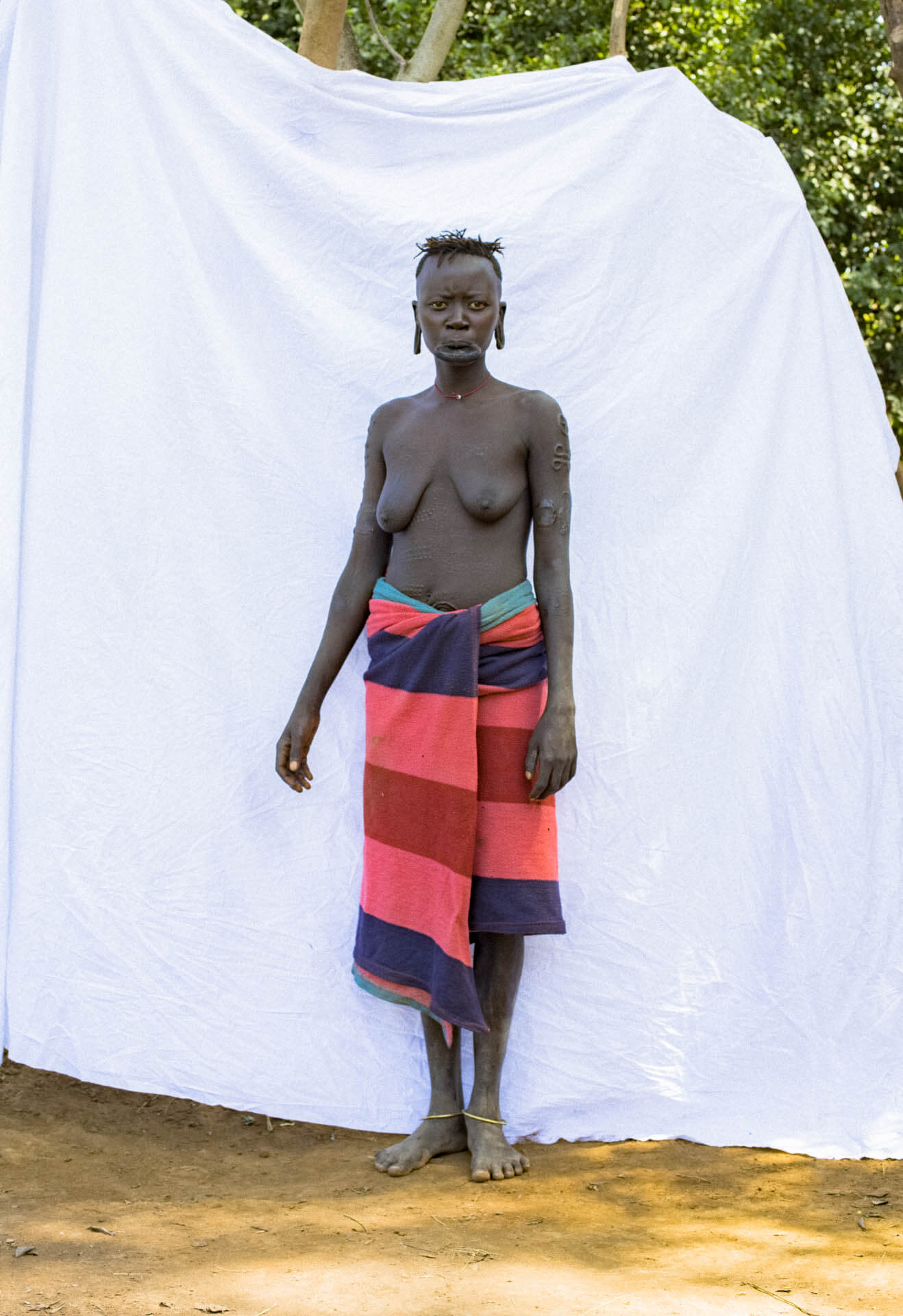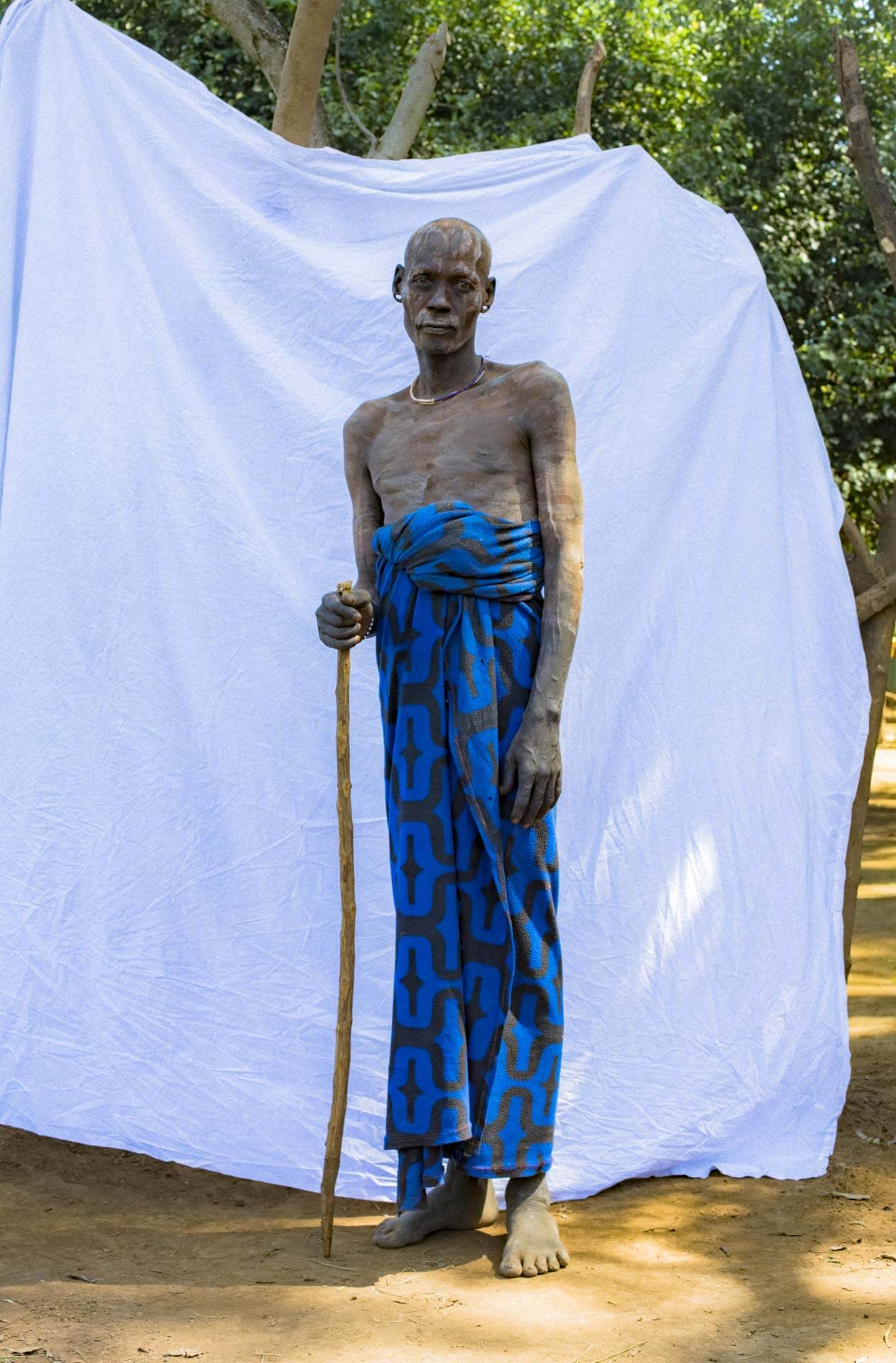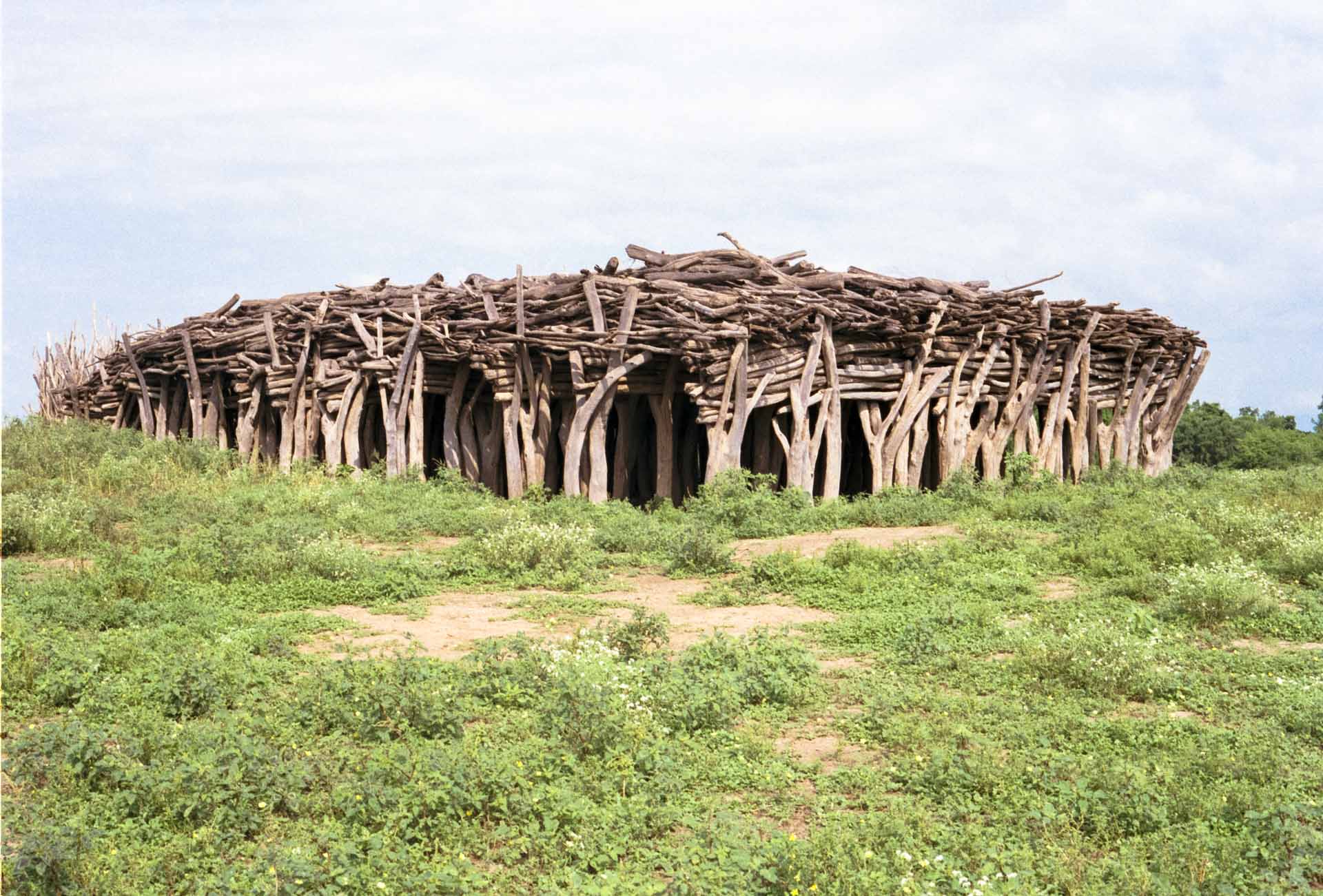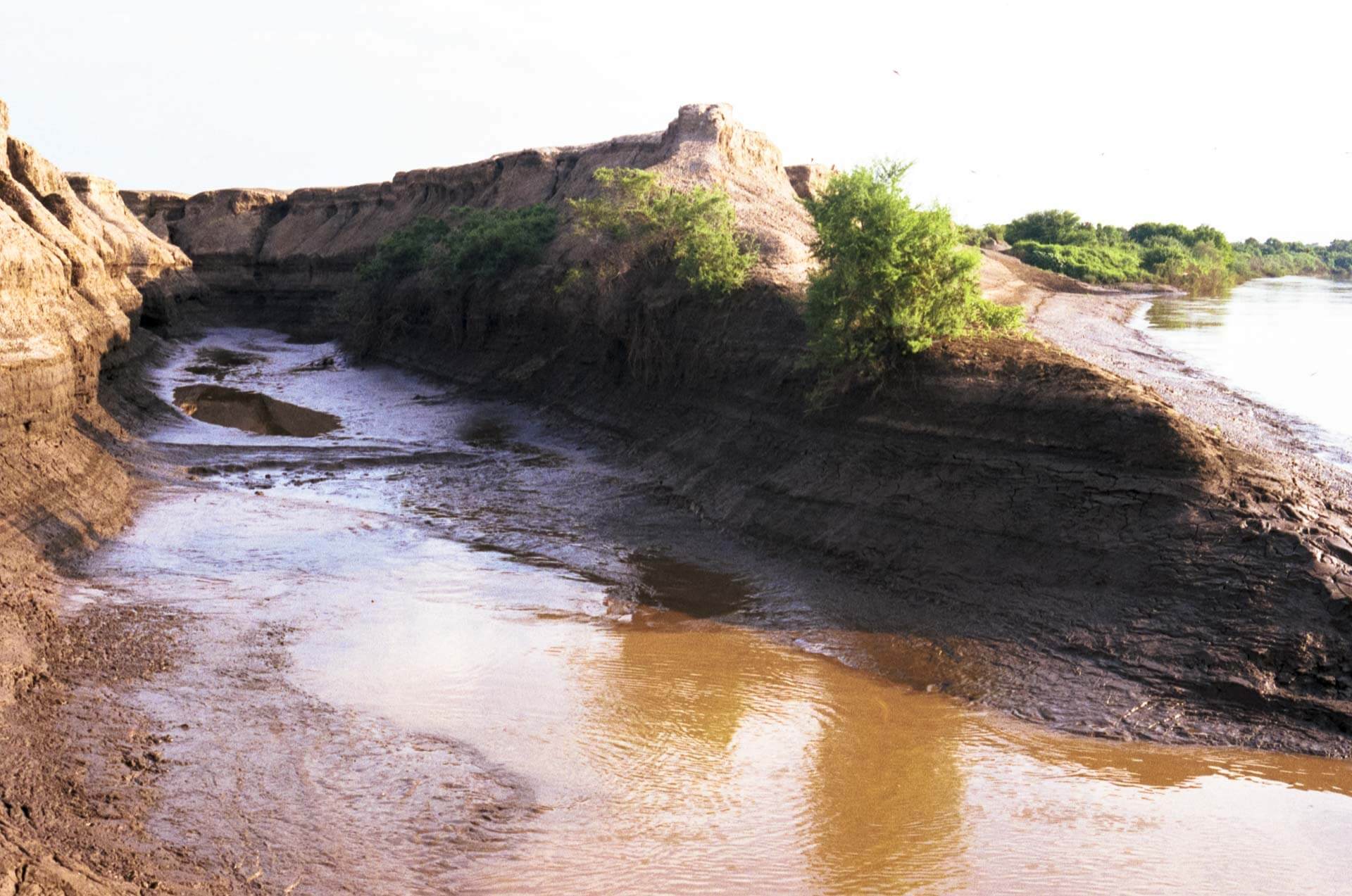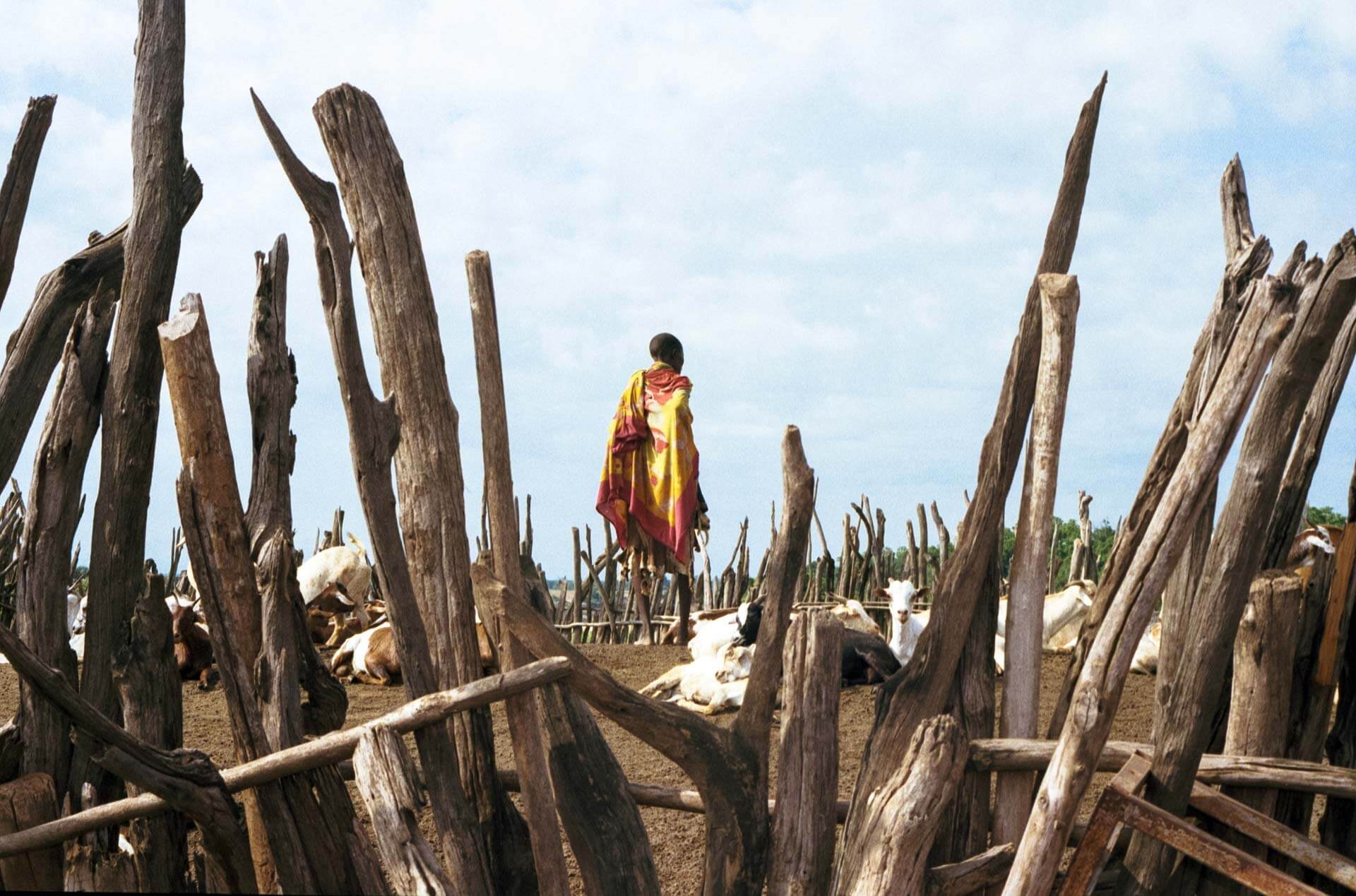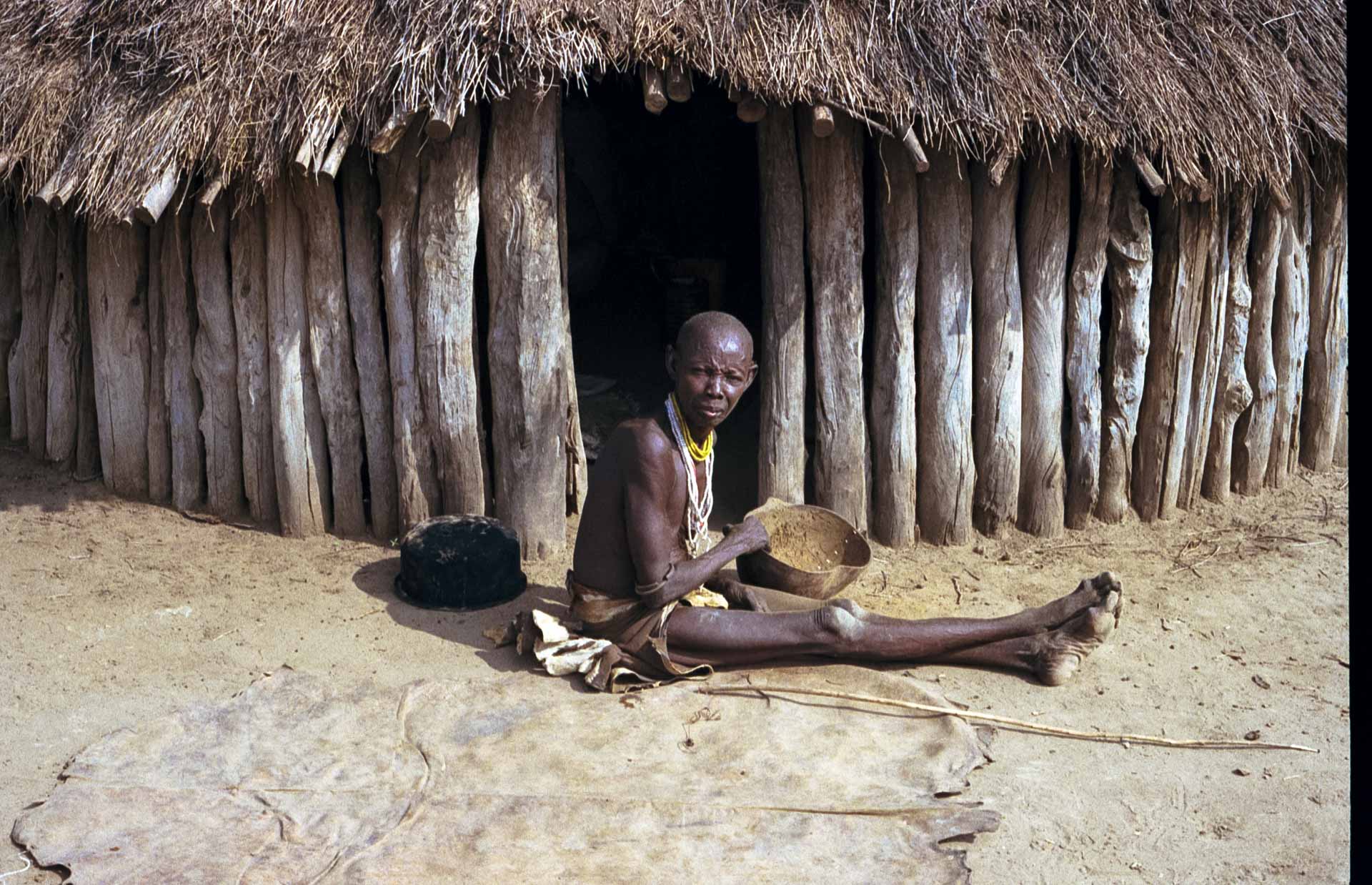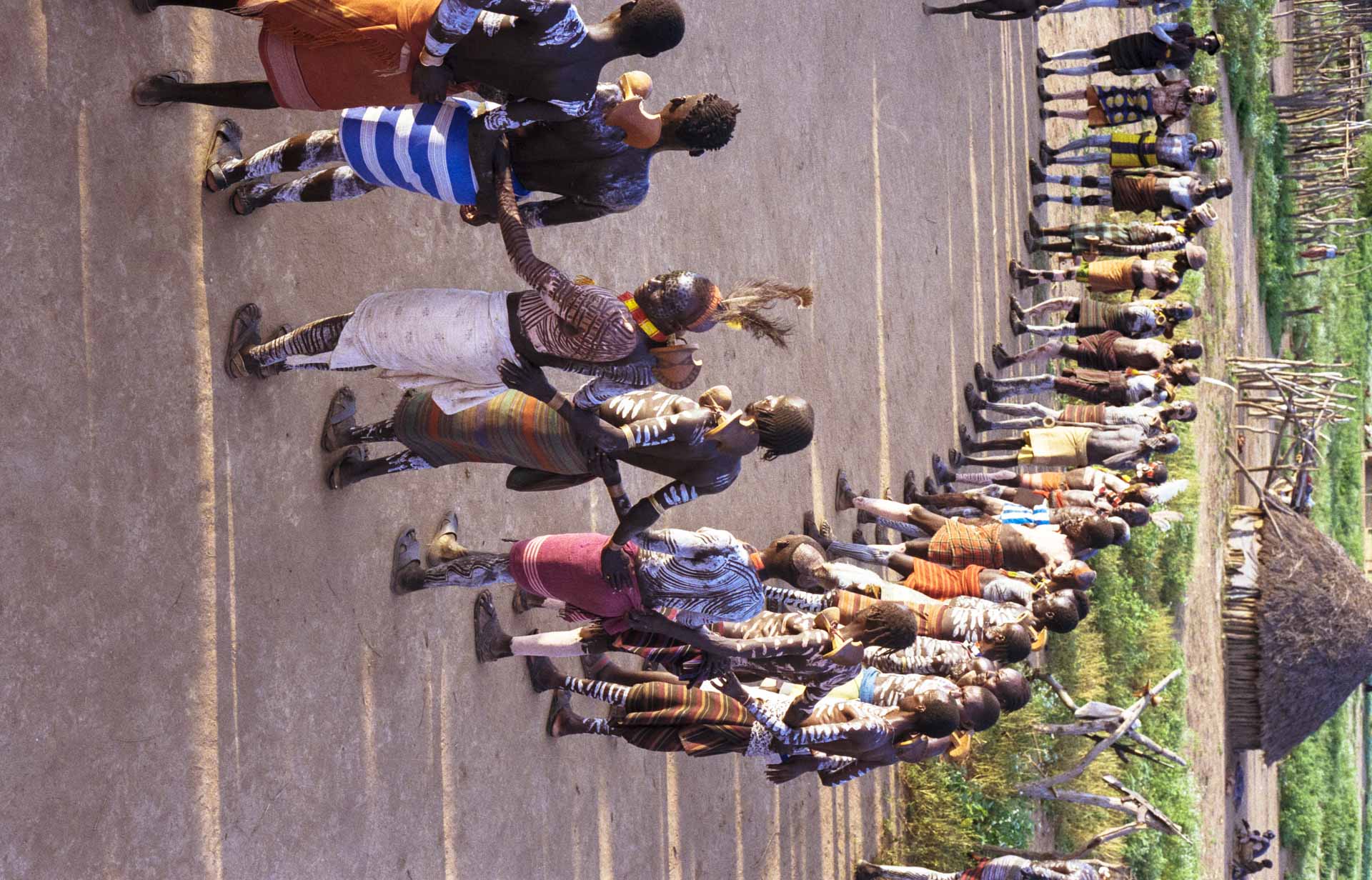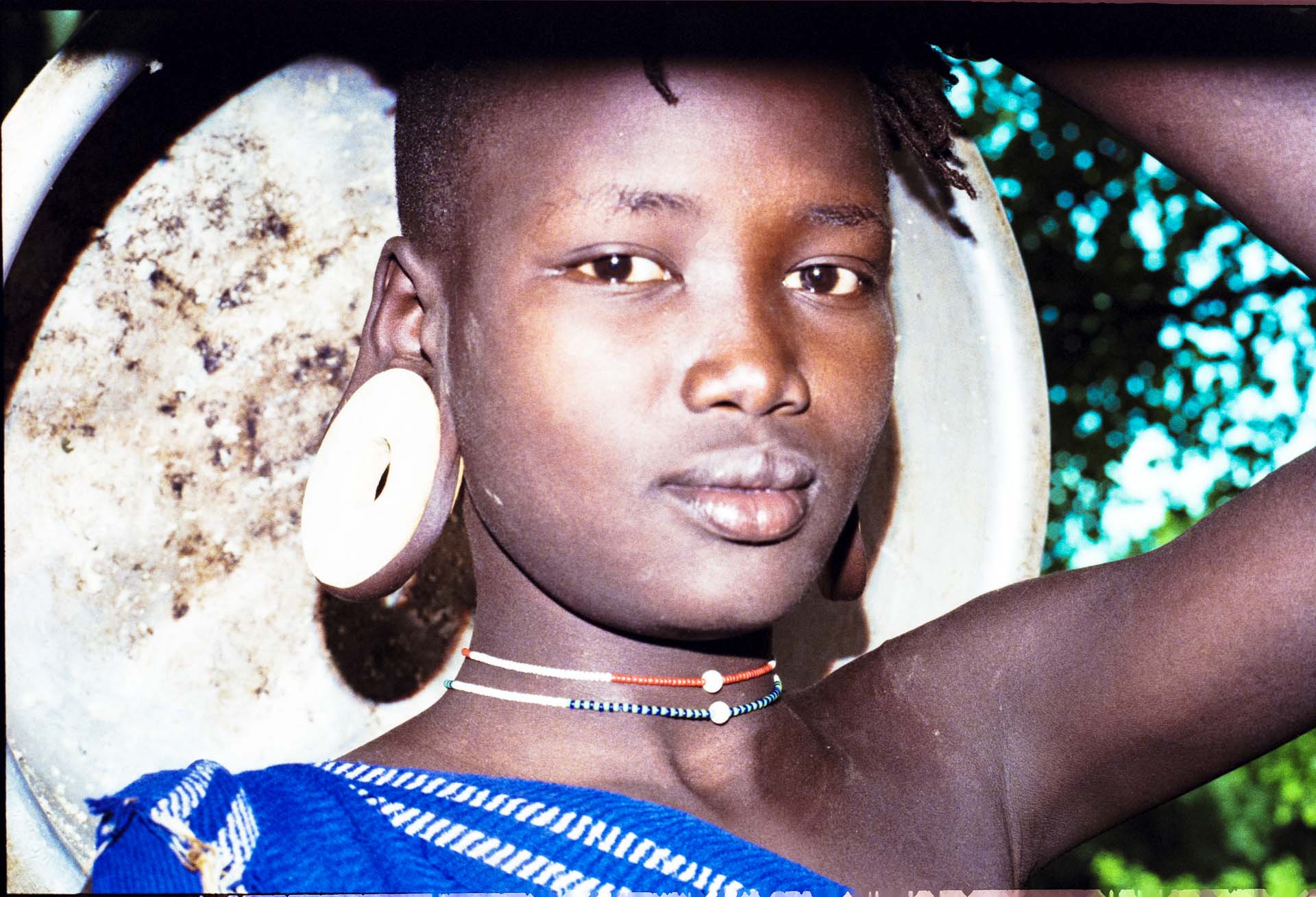
After all, biologists have finally proven it to be true, something that philosophers have always dreamt to be true. And that is the fact that we are all brothers and sisters. We are all cut from the same genetic cloth. All of humanity, probably, is descended from a thousand people who left Africa roughly 70,000 years ago.
But the corollary of that is that, if we all are brothers and sisters and share the same genetic material, all human populations share the same raw human genius, the same intellectual acuity. And so whether that genius is placed into technological wizardry – which has been the great achievement of the West – or by contrast, into unraveling the complex threads of memory inherent in a myth, is simply a matter of choice and cultural orientation. There is no progression of affairs in human experience. There is no trajectory of progress. There’s no pyramid that conveniently places Victorian England at the apex and descends down the flanks to the so-called primitives of the world. All peoples are simply cultural options, different visions of life itself.
I coined the term ethnosphere in a recent book, Light at the Edge of the World. The thought was to come up with a concept that would suggest to people that just as there is a biosphere, a biological web of life, so too there is a cultural fabric that envelops the Earth, a cultural web of life. You might think of the ethnosphere as being the sum total of all thoughts and dreams, myths, intuitions and inspirations brought into being by the human imagination since the dawn of consciousness. The ethnosphere is humanity’s great legacy. It is the product of our dreams, the embodiment of our hopes, the symbol of all that we are and all that we have created as a wildly inquisitive and astonishingly adaptive species.
And just as the biosphere, the biological matrix of life, is today being severely compromised, so too is the ethnosphere. Only if anything at a far greater rate of loss. No biologist, for example, would dare suggest that 50 percent of all species of plant and animal are moribund or on the brink of extinction. Yet this, the most apocalyptic projection in the realm of biological diversity, scarcely approaches what we know to be the most optimistic scenario in the realm of cultural diversity. The key indicator is language loss. There are at present some 7,000 languages. But of these fully half are not being taught to children. Which means that effectively, unless something changes, these languages are already dead.
Why is the loss of language so important? It’s the canary in the coal mine, a concrete and extremely disturbing indicator of what is happening to cultures in general. And, of course, a language is not merely a body of vocabulary or a set of grammatical rules. It is a flash of the human spirit, the means by which the soul of each particular culture reaches into the material world. Every language is an old growth forest of the mind, a watershed of thought, an entire ecosystem of spiritual possibilities.
It’s haunting to realize that half of the languages of the world are teetering on the brink of extinction. Just think about it. What could be more lonely than to be enveloped in silence, to be the last of your people to speak your native tongue, to have no way to pass on the wisdom of the elders, to anticipate the promise of the children. This tragic fate is indeed the plight of someone somewhere roughly every two weeks. For on average every fortnight a leader dies and carries with him or her into the grave the last syllables of an ancient tongue. What this really means is that within a generation or two, we are witnessing the loss of fully half of humanity’s legacy. This is the hidden backdrop of our age.
There are those of course who quite innocently ask, “Wouldn’t the world be a better place if we all spoke the same language? Wouldn’t it be easier for us to get along?” My answer is always to say, “Terrific idea. Let’s make that universal language Yoruba, or Lakota, or Cantonese.” Suddenly people get a sense of what it would mean to be unable to speak your mother tongue. I cannot imagine a world in which I could not speak English, for not only is it a beautiful language, it’s my language, the expression of whom I am. But at the same time I don’t want it to sweep away the other voices, the other languages of the world, like some kind of cultural nerve gas.
It’s very important that we understand the root causes of this collapse of cultural diversity. There is this misconception that these other cultures, quaint and colorful though they may be, are somehow destined to fade away as if by some natural law, as if they are failed attempts at modernity, failed attempts to be us, peoples incapable of change, destined for the dustbin of history. This is simply not true.
Change is no threat to culture. All cultures through all time have constantly been engaged in a dance with new possibilities for life. Change is the one constant in human history. Nor is technology in and of itself a threat to culture. The Sioux Indians did not stop being Sioux when they gave up the bow and arrow anymore than an American farmer ceased being an American when he put aside the horse and buggy in favor of the automobile. It is not change or technology that threatens culture; it is power, the crude face of domination.
The ultimate tragedy, in fact, is not that archaic societies are disappearing but rather that vibrant, dynamic, living cultures and languages are being forced out of existence. Now these external threats have many faces. They may be industrial as the case of the egregious forestry practices that have destroyed the subsistence base of the nomadic Penan in the rainforests of Sarawak in Borneo. In Nigeria the once fertile soils of the Ogoni in the Niger delta can no longer be farmed because of toxic effluents of the petrochemical industry. Elsewhere the calamity may be caused by epidemic disease as in the case of the Yanomami who have suffered dreadful mortality due to exotic pathogens brought into their lives by the gold miners who have recently invaded their lands. Or the agent of destruction may be ideology, as in the case of the crude domination of Tibet by the communist Chinese. But in every case these are cultures that are overwhelmed by powerful external forces beyond their capacity to adapt. This observation is in fact a source of considerable optimism. For it implies that if humans are the agents of cultural destruction, we can also be facilitators of cultural survival.
When we project modernity as the inevitable destiny of all human societies I think we are being disingenuous in the extreme. Indeed the Western model development has failed in so many places in good measure because it has been based on the false promise that people who follow its prescriptive dictates will in time achieve the material prosperity enjoyed by a handful of nations of the West. Even were this possible, it is not at all clear that it would be desirable. To raise consumption of energy and materials throughout the world to Western levels, given current population projections, would require the resources of four planet Earths by the year 2100. To do so with the one world we have would imply so severely compromising the biosphere that the Earth would be unrecognizable. Given the values that drive most decisions in the international community, this is not about to happen. In reality, development for the vast majority of the peoples of the world has been a process in which the individual is torn from his past, propelled into an uncertain future, only to secure a place on the bottom rung of an economic ladder that goes nowhere.
Consider the key indices of the development paradigm. An increase in life expectancy suggests a drop in infant mortality, but reveals nothing of the quality of the lives led by those who survive childhood. Globalization is celebrated with iconic intensity. But what does it really mean? In Bangladesh and China, garment workers are paid pennies to sew clothes that retail in the USA for tens of dollars. Even as fundamental a skill as literacy does not necessarily realize its promise. In northern Kenya, for example, tribal youths placed by their families into parochial schools acquire a modicum of literacy, but in the process also learn to have contempt for their ancestral way of life. They enter school as nomads; they leave as clerks, only to join an economy with a 50 percent unemployment rate for high school graduates. Unable to find work, incapable of going home, they drift to the slums of Nairobi to scratch a living from the edges of a cash economy.
Without doubt, images of comfort and wealth, of technological sophistication, have a magnetic allure. Any job in the city may seem better than backbreaking labor in sun-scorched fields. Entranced by the promise of the new, people throughout the world have in many instances voluntarily and in great earnest turned their backs on the old. The consequences can be profoundly disappointing. The fate of the vast majority of those who sever their ties with their traditions will not be to attain the prosperity of the West, but to join the legions of urban poor, trapped in squalor, struggling to survive. As cultures wither away, individuals remain, often shadows of their former selves, caught in time, unable to return to the past, yet denied any real possibility of securing a place in the world whose values they seek to emulate and whose wealth they long to acquire.
This is a very dangerous and explosive situation. Anthropology suggests that when peoples and cultures are squeezed, extreme ideologies sometimes emerge, inspired by strange and unexpected beliefs. Al Qaeda, the Maoists in Nepal, the Shining Path in Peru, the Khymer Rouge of Pol Pot – all of these malevolent groups have emerged out of chaotic conditions of disintegration and disenfranchisement that come about when disaffected populations are cast adrift from their foundations.
Culture is not decoration or artifice. It is a blanket of comfort that gives meaning to lives. It is a body of knowledge that allows the individual to avoid madness, to make sense out of the infinite sensations of consciousness, to find meaning and order in a universe that ultimately has neither. Culture is a body of laws and traditions, a moral and ethical code that insulates a people from the barbaric heart that history suggests lies just beneath the surface of all human societies and indeed all human beings. Culture alone allows us to reach as Lincoln said for the better angels of our nature.
So to lose half the known cultures in a generation is not trivial. And to have all of these individuals running around stripped raw, shadows of their former selves, free of moral or ethical constraint is to create a very dangerous world indeed.
The writer Peter Matthiessen once said that anyone who thinks they can change the world is both wrong and dangerous. But he also suggested that we have an obligation to bear witness to the world. At the very least I want people to know what is going on, to face the reality of our times, the deep and most consequential current of history that flows beneath our lives. What can possibly be more significant than the loss in a single generation of half of humanity’s intellectual and spiritual legacy?
Just before she died, anthropologist Margaret Meade spoke of her singular concern that, as we drift toward a more homogenous world, we are laying the foundations of a blandly amorphous and singularly generic modern culture that ultimately will have no rivals. The entire imagination of humanity, she feared, might become confined within the limits of a single intellectual and spiritual modality. Her nightmare was the possibility that we might wake up one day and not even remember what had been lost.
Think of it this way. Human beings as a recognizable social species have been around for what, perhaps 600,000 years. The Neolithic revolution, which gave us agriculture, and with it surplus, hierarchy, specialization, sedentary life, occurred only 10,000 years ago. Modern industrial society is but 300 years old. This shallow history does not suggest to me that our way of life has all of the answers for all of the challenges that will confront us as a species in the coming millennia.
The myriad cultures of the world are not failed attempts at modernity, they are unique manifestations of the human spirit. With their dreams and prayers, their myths and memories, they teach us that there are indeed other ways of being, alternative visions of life, birth, death and creation itself. When asked the meaning of being human they respond with ten thousand different voices. It is within this diversity of knowledge and practice, of intuition and interpretation, or promise and hope, that we will all rediscover the enchantment of being what we are, a conscious species aware of our place on the planet and fully capable of ensuring that all peoples in every garden find a way to flourish.
In the end this is neither a sentimental nor an academic notion. Indeed in the wake of Sept. 11 it has become an issue of survival. For the central challenge of our times, at least in a political sense, is to find a way to live in a truly multicultural world of pluralism. Not to freeze peoples or cultures out of the flow of history but rather to insure that all peoples may benefit from the products of our collective genius without their participation having to imply the eradication of their cultures.
No one is saying that every culture or every cultural encounter has to be nice. Cultural expressions can be sublime or harsh, elegant or clumsy, inspired or foolish. But in the end, the wonder lies in the fact that all are authentic expressions of the human drama. Let’s step back from the desert and the salt of Taoudenni to recall the bigger picture. There is indeed a fire burning over the Earth, taking with it plants and animals, ancient skills and visionary wisdom. At risk is a vast archive of knowledge and expertise, a catalogue of the imagination, an oral and written language composed of the memories of countless elders and healers, warriors, farmers, fishermen, midwives, poets, and saints. In short, the artistic, intellectual, and spiritual expression of the full complexity and diversity of the human experience. Quelling this flame, and rediscovering a new appreciation for the diversity of human spirit as brought into being by culture is arguably the central challenge of our times. Every view of the world that fades away, every culture that disappears, diminishes a possibility of life and reduces the human repertoire of adaptive responses to the common problems that confront us all. Knowledge is lost, not only of the natural world but also of realms of the spirit, intuitions about the meaning of the cosmos, insights into the very nature of existence. This is why it matters that we tell these stories, and make these journeys.
Wade Davis is a writer and photographer whose work has taken him from the Amazon to Tibet, Africa to Australia, Polynesia to the Arctic. Explorer-in-Residence at the National Geographic Society from 2000 to 2013, he is currently Professor of Anthropology and the BC Leadership Chair in Cultures and Ecosystems at Risk at the University of British Columbia. Author of 22 books, including One River, The Wayfinders and Into the Silence, he holds degrees in anthropology and biology and received his Ph.D. in ethnobotany, all from Harvard University. In 2016, he was made a Member of the Order of Canada. In 2018 he became an Honorary Citizen of Colombia.
His latest book, Magdalena: River of Dreams, will be published by Knopf in 2020.

